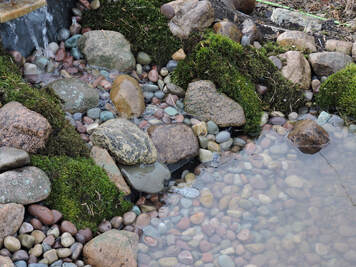 There's one feature that every birder must have in their garden if they seriously want to attract multiple species of birds. Water is a necessity of life for every living thing, and if you seriously want to attract more than just a couple species of birds, it's absolutely necessary to put in water features. Over time you'll find birds bathing and drinking frequently throughout the day. Truth be told, we already had two small ponds and four birdbaths throughout our garden, but we wanted to place another one very central and visible to where we sit and enjoy the garden. Strategic placement was necessary, as it can't be too close to where they spook with every movement of ours, and not too far where you can't make out the species. So we built it about 50 to 60 feet away from our deck. It's close enough to see all the species, but not too close where it keeps some of the other cautious ones away. When building a pond for small birds, it's crucial to consider their safety. The small birds are fearful of water that's too deep to touch bottom. The deepest hole in our pond is about 3 to 4 inches. Many of the sections are anywhere from half inch to 1 inch deep. In the ninth image you can see the rock from the overhead view. There are some gravel bars for the birds to walk in as deep as they like, and there are no sections in this pond where they will get into any trouble. They like to feel bottom in shallow water, and are terrified of drowning, so keep this in mind when building your own pond. This isn't a fish pond, but rather a pond designed entirely to attract all the smaller birds up to about the size of a Robin. I'm also looking to attract hummingbirds to this pond so I added a couple flat rocks into the fountain where the water will barely spill over their feet without much of a current. I'm sure I'll be adding a couple more shallow points throughout the pond section as well. Hummingbirds will bathe in water as shallow as a 16th of an inch, but not much more than about 1/3 inch, so keep this in mind when considering the tiniest of birds. These are the steps in building. (Hover over each image to get a description) It's not entirely finished, but the main structure is complete. Now it's just a matter of dressing up around the holding tank to make it look a little more natural. Up to this point it took about 12 hours of work, and not really killing ourselves in the process. We'll be choosing some Siberian irises to go around the holding tank, and several other plants to go in and amongst the rocks. Within a couple months it should be mostly finished. This is the fun part, dressing it up to make it suit the environment, and then watching the birds enjoy it. Total cost was about $225. We were extremely resourceful in using a lot of material, large rocks and moss that we have in abundance around our place. We purchased a $60.00 pump from Home Depot, $70.00 worth of rubber pond liner from a garden nursery and the water trough from princess auto which was on sale for $50.00 and holds 60 gallons of water, besides what the pond holds. We bought a couple bags of pea gravel and one bag of colored rock which we used to dress up the fountain section. Total length is about 15 feet long, including the fountain of one end and the holding tank at the other. We've had water features for a long time, and once birds get used to them, you will attract them from miles away, especially in hot weather and in regions with limited water supply. If you're really serious about birding, you should really consider building a water feature of your own.
0 Comments
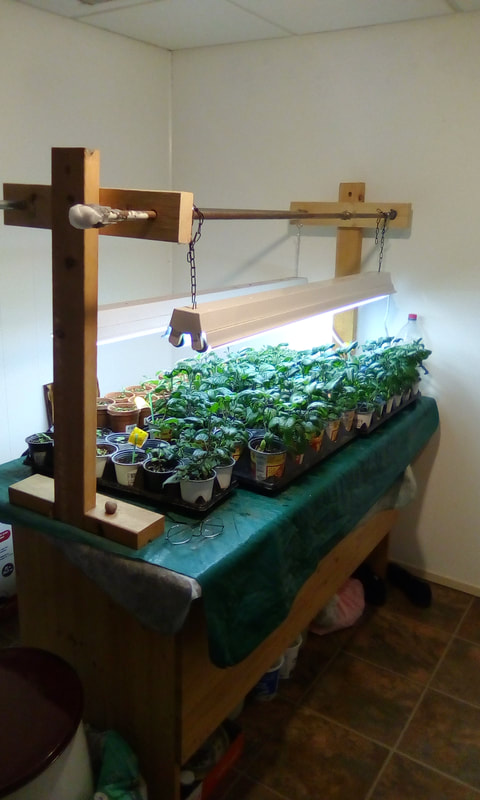 For those that haven't already started their indoor planting, it's not too late for many varieties of plants. Most of what we grow are specifically for our hummingbird garden. Some require three months or more indoors before conditioning them outdoors, but there are some that are fast growers. There are some you can directly plant outdoors, such as nasturtiums, or scarlet runners, and those need to wait until there's no risk of frost. But right now we're right between the earliest starting seeds and those that get planted directly. So what am I referring to? It's those that need just a little bit of a head start, but certainly don't need to be mature when you place them outdoors. Zinnias are one of those flowers that young hummingbirds tend to gravitate toward. I don't like to start them too early because they tend to set back when I move them outdoors. I don't like to start them too late because they'll only start to flower when the young hummingbirds begin showing up in the garden, and at that point I want them to be in full bloom. One of the biggest problems people have in starting seeds indoors is lack of light. You can spend a ridiculous amount of money on lighting and the whole setup, but it's really not necessary. You can get a couple shop lights with the chains and you can adjust the height of the lighting as needed. Here's my simple setup. It can take you less than an hour to make a setup equipped to grow many plants from seed. I simply build a couple T bars out of 2x4's with a base across the bottom as well. They don't really need to sit that well on their own because once you drill holes for the pipe and pass them through both ends, it stands pretty well. I used a couple copper pipes because that's what I had available, but steel conduit would work just as well. Just drill the holes barely big enough for the pipe to pass through. You can get shop lights for around $20.00 and then bulbs to fit. Some people use plant bulbs, but I simply used standard fluorescents, and they've proven successfully over the last decade. By the images you can see that the plants do extremely well. If they weren't getting enough light, they would be long and leggy. This is oftentimes a problem when people start plants indoors. With low light or shorter daylight, the plants get really long and leggy because they're searching for more light. Try out a simple lighting system like this and you'll notice a huge difference. But whether you spend a little bit of money or a lot of money on a lighting system, it's well worth it. In these images you can see the salvia cuttings that I took from last Fall, and the snap dragons, Million Bells, and Petunias that are all doing extremely well. You can buy ready mixed seeding soil, or create your own out of 75% peat moss and 25% perlite. Make sure you give them some all purpose fertilizer every week are two until you start conditioning them outdoors. Don't over water, but don't let them dry out. There are only a few simple things you need to remember when planting indoors - Light, medium(soil) with the occasional fertilizing, and water. One more important thing - condition them with very little sunlight when you place them outdoors. After a few days increase with a little bit more light. Continue this process for about two weeks to get them gradually used to direct sunlight. Bring them indoors if temperatures dip below 5 Celsius(42F). I believe that once you try and become successful at the indoor planting, it'll become the norm in future years. P.S. - The foam pads on the end of the pipes are only necessary to prevent head injuries and brain damage. 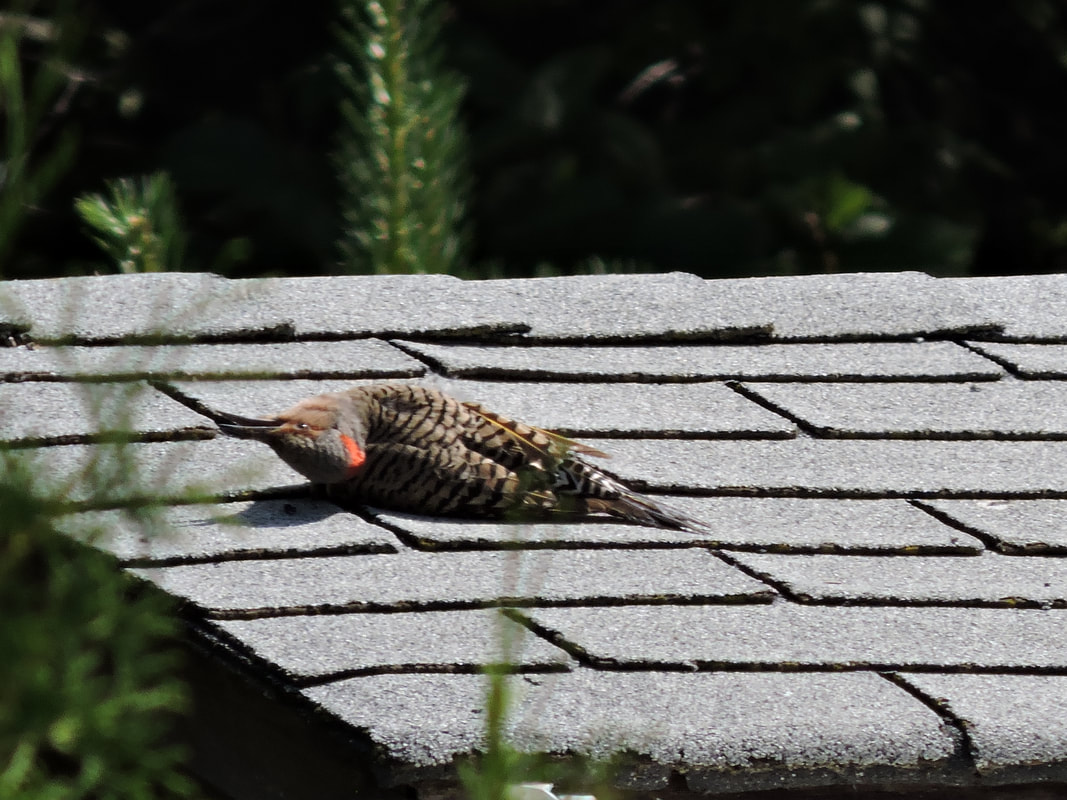 Up to this point we've had pretty soggy summer. Fields are flooded, but our garden is rich and colorful. Many birds have taken advantage of the good population of insects due to all the standing water, and with that good population of insects has come a second brood with a few different species of birds. The birds have been busier with their young, more than past seasons, but with the rare peaks of sun this year, all the birds have taken short breaks, and full advantage of that warmth. Northern flicker, Yellow Rumped Warbler, Robin, House Wren. July 20, 2020. N.E. of Edmonton, Alberta Canada. There is no greater time than Spring, and no better place than in the garden. Life is moving from underground, throughout the garden and trees, and throughout the skies. We've had many birds start their nesting process in our garden, and here are a couple, but it wasn't that simple. There were many options, but the House Wrens and the Tree Swallows both decided on the same house. Then the squabbles began. "I found it first!" "No, I found it before you!" The Tree Swallows didn't have a choice. The larger entrance would accommodate the Tree Swallows, but the Wrens had many other houses to choose from with the smaller entrance. So far the Tree Swallows are winning. They're bringing straw to build the nest, but still having disagreements on nest design while the House Wrens have decided on a secluded economy suite nearby in the forest. Sometimes you've got to go to extreme measures to get the stick through the window. Spin, Twist and rotate at high speeds, and eventually it'll get in there.
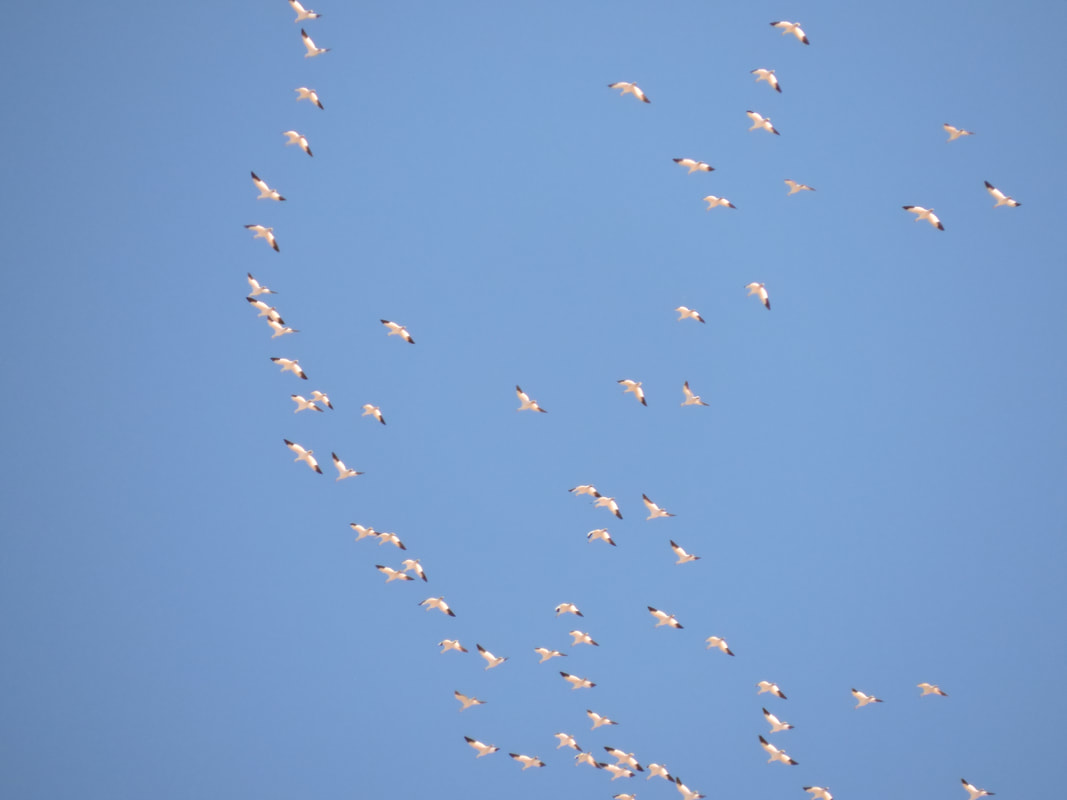 It's early in the season and we've begun our cleanup and setup for the new season. The garden still looks quite plain but with little glimpses of life just starting to emerge from the ground. Meanwhile, the Spring air is alive with birds of every type. There isn't a moment throughout the day where you can't hear the sounds of Cranes and Geese of all sorts livening up the skies. It's the time of year when you see and hear the joy within every bird, as they demonstrate their excitement to be alive with their very best song. While the skies produce a steady flow of life, little squeaks and chirps from the forests are starting to emerge. A few birds have started to nest while many others are yet to arrive. This season is short but filled with beauty, so be sure to soak it in while it's here. It's these things in life that make it so rewarding. Add features to your garden that are sure to attract a population of songbirds, and yes, hummingbirds too. Provide food that's sure to keep them returning, and spend more time in the garden, listening, observing and enjoying the simple things. Snow geese, Song Sparrow and Robin images. May 2, 2020. N.E. of Edmonton, Alberta, Canada.
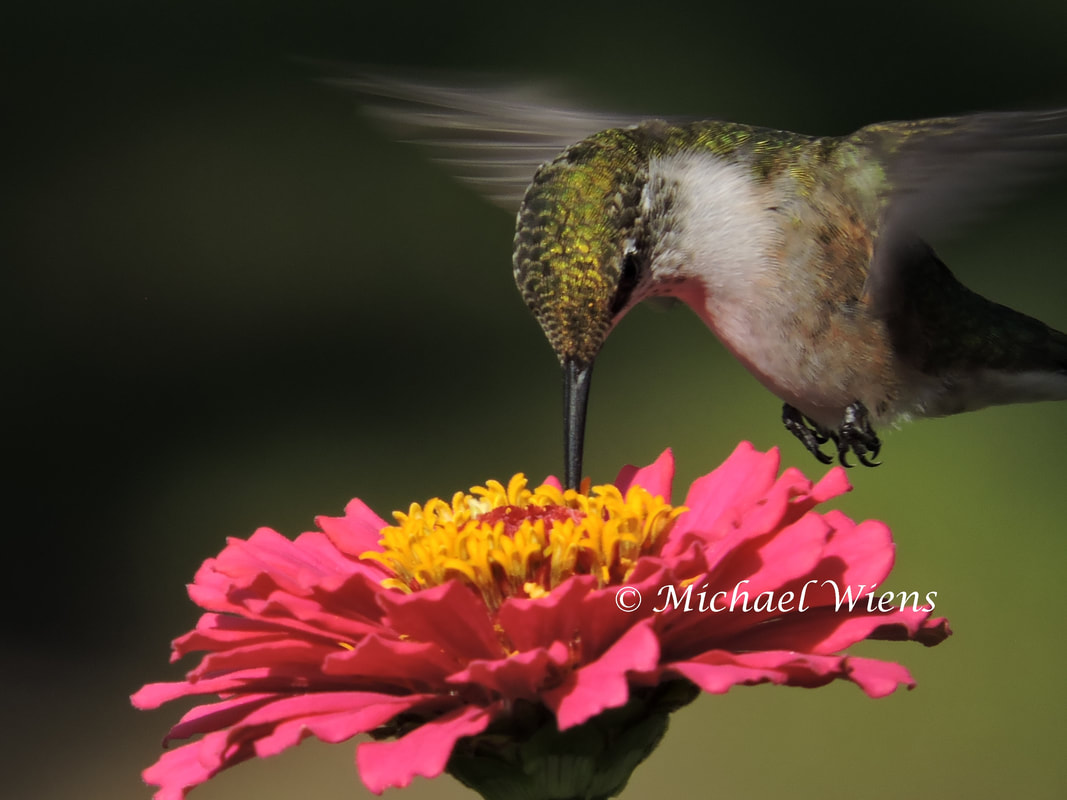 I've come to the time where I need to start one of my favorite hummingbird flowers. My season is quite late compared to most, but it's definitely not too late for those in the south to start Zinnias. The main reason I plant these flowers are for the arrival of the young hummingbirds when they start leaving the nest. I consider these flowers essential for any hummingbird garden. These plants produce large bright targets on the tops of tall stems, and are a wonderful choice for attracting young hummingbirds. Here are a few steps to get these flowers going. For those who don't have frosts or temperatures dipping below 5C(42F), you can direct plant the seeds in the ground, keep them moist until they germinate, and watch them grow. But for those of us who are expecting temperatures below 5 Celsius for the next month, here is the way to get them started. 1. You can purchase a seed mix which can be costly, or you can purchase a bag of peat moss and a bag of perlite, I mix 75 to 80% Peat moss with 20 to 25% perlite. Stir it together thoroughly. 2. Prepare your pots. I like to lay plastic garbage bags under the pots so any excess water doesn't end up leaking out on the floor. 3. Fill each of the pots to within half an inch of the top of each pot, filling them loosely, and not packed. Give them a good dose of water at this point. Once the soil is wet, scatter your seeds on the top. If you have a huge supply of seeds, you can be generous with spreading them, as once they germinate you can pluck out the weakest ones, leaving three or four in each pot. Otherwise, Lay four seeds equally spaced in each pot. Lay another quarter inch of soil over top of all of the seeds. 4. Spread out the soil evenly, water thoroughly again, and push any seeds back in the soil that are exposed. Keep the soil moist, and within 5 to 7 days you'll start to see them emerge. To avoid shock of transplanting later, place the seedlings out in full sun as often as you can right from germination, making sure they are NOT exposed to temperatures below 5 Celsius(42F). Bring them indoors during the cooler temperatures, but making sure they are getting as much light as possible. Place them outside again as soon as temperatures are above five Celsius. From seedlings, don't worry about wind, as the earlier they are exposed to the elements the hardier they will become. Once they germinate, water as needed, JUST KEEPING THE SOIL slightly moist, and even better watering the tray and allowing the soil to moisten from the bottom up. Zinnias don't like to be sitting in a wet soil. If they are too wet, the tips of the leaves will start to brown and rot. If you follow these instructions, you should have a very successful summer of Zinnias, and the young hummingbirds will certainly appreciate them. Seed collecting can be extremely rewarding, not only because of the cost of purchasing, but because of the availability of them at any time of year. It can also be impossible to gather certain seeds because of their lack of availability. Often times stores bring out seeds well after the start time needed for those who begin months in advance, indoors. Some seeds require 16 weeks before planting outdoors, and many stores bring them in only 4 - 6 weeks before the Spring season. I find it incredibly rewarding to complete the process from beginning to end. Here are some seeds and tips on gathering seeds. Click on the images to get a better view up close. I have many sizes of containers because of the quantity and size that some produce. The blue tub of Nasturtium seeds are always some of the easiest to pick. The flowers located in a more sunny location will die back sooner, but also create more seeds. Then I have the pail of Scarlet runner pods, which are just very large beans. Both of these seeds will sit and dry for at least 3 months. Then the crispy pods can be peeled apart very easy to get the Scarlet Runner seeds. Not much has to be done with Nasturtium seeds, other than letting them dry. Both of these seeds can be direct planted in the ground 10 days before the last expected frost. They are fast growers and will produce flowers within 60 days. Here we have Zinnias. Some produce a large cone or eye in the center of the flower, and some have no eye or cone. Both the same plant but the one with the cone attracts more bees and hummingbirds. This means more pollination and more viable seeds at collecting time. You need to understand Zinnias to know how to collect seeds in abundance, and to gather ONLY VIABLE seeds. Take a look at the seeds picked and know which ones will grow and which won't. The needle point is directed towards the enlarged belly of the seed. That one is darker green and will definitely be viable. If they don't have that swollen belly, they are worthless. Every Zinnia petal will produce a seed(viable or not) at the end of the petal. Then the cone can be ripped apart when quite mature and additional seeds can be separated from that cone. Again, look for the swollen belly on these as well. If they are flat or too white in color, they are also useless. These flowers cross pollinate all the time, so you will not always get a flower true to the type of seed you picked. You will increase your odds though by picking the colors preferred. Here we have Calibrachoa (Million Bells). These are incredibly difficult to get a hold of, and if you do, they are incredibly expensive. The store bought Million Bells typically do not produce many pods, so if you locate some, they are worth their weight in gold. I also find that once you grow them from seed, they will also produce a greater abundance of pods in the future. They also do not come true to type that you picked. However, they will produce the most incredible colors. When the pods are a solid green, it is a bit too early to pick them. When you start to see darker black spots through the pod, they are ripe enough to pick. You can wait until they crack open, but you will probably lose many of the seeds. In the final image you can see the shell of the one pod that has separated and the seeds are intact. This is difficult to spot. Usually when they split open the seeds start to fall out easily. Once picked, let dry for a few months. They can fall out fairly easily onto a tray when rubbed between your fingers.
These are just a small number that I collect, but ones that are a bit trickier to pick. They are all hummingbird flowers, which is one major reason I continue to collect and plant them each year. I usually collect abut 6 - 8 different ones each year, primarily because of their value to hummingbirds. Here are a couple others to consider: Delphiniums(zone 2 hardy perennial) Petunias(very similar to Million Bells) I hope some of this information is useful to those of you that garden and attract hummingbirds. 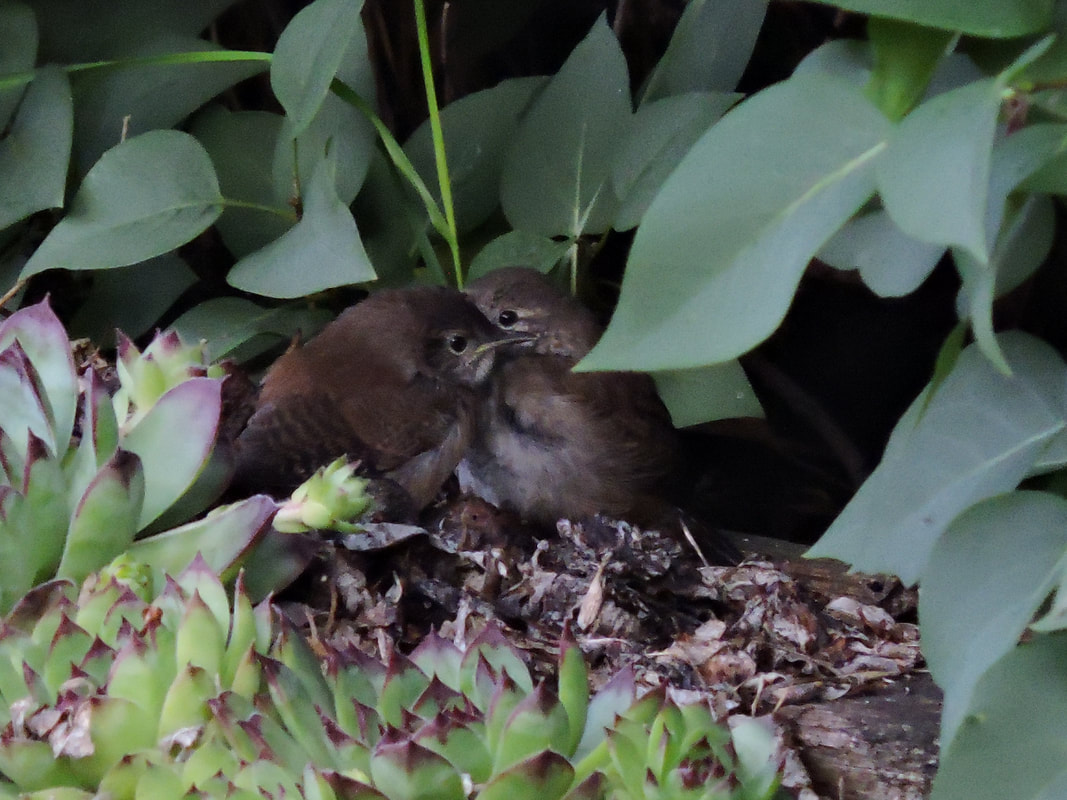 The morning was young, and every bird was celebrating life. Songs bellowed out from every corner of the garden, and a few of the recent young squeaked along as they waited for their early offerings. It was in a nearby bush that I heard some scratching and rustling in the dead leaves, and soon to follow I noticed some movement just starting to peak out into the morning. Two young fledgling House Wrens had made an appearance and we're getting restless waiting for some squishy caterpillars. One had pretty much topped up the tank already, but the other one eagerly awaited and chatted up a storm, just letting the parents know it had a bit more room in the belly. As the one moved around and chattered, the other one kept pushing its feathered little body up tight against the other. It no longer had a desire to eat, but snuggle up to tight against the one that just wanted to eat. This went on for a couple minutes. One would move away and chatter, and the other would push up close still missing the time of the nest. And as it goes in the birding world, that scene quickly ended as they scattered into the bushes and continued on their day. July 12, 2019. N.E. of Edmonton, Alberta, Canada. House Wrens 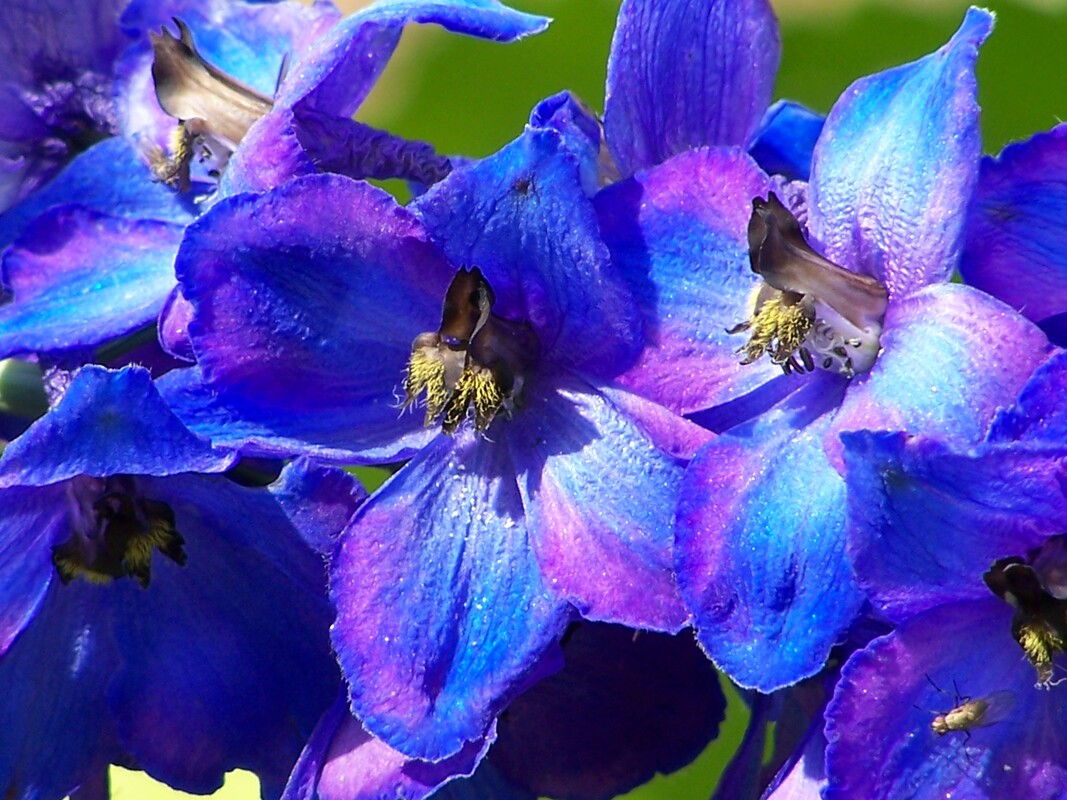 Here are many Delphiniums that are blooming in my garden. There are SO many colors and variations. There are the shorter plants that have flowers compacted together and then some grow tall with large spaces between the flowers. The color variations are incredible, with a white or black eye. Colors range in every shade of blue and purple, with the occasional white or pink. They are very cold hardy, as they survive temperatures down to the -40's. They like moisture, but are quite drought tolerant. They do best in partial shade, but do well in full sun or full shade. Best of all - HUMMINGBIRDS LOVE THEM! Below is one photo I was able to capture a couple years back of a RARE Rufous in my region, but the Rubies go over the top mad for them year after year! I can't give you any information as to how they grow in very hot climates, but they are rated for zones 3 to 8, and I can tell you from experience, they have survived my zone 2 quite well. They self seed and may produce a wide variation of colors, with about 50 percent coming true to type of the original parent plant. They can grow from 30 inches to 8 feet depending on the variety, and taller ones frequently need staking. They can produce a Delphinium worm which early in the season tries to consume the flower growth at the top of the stalk. If caught early, it won't affect the flowering of that year. If you are looking for a hummingbird flower to add to your collection, these are definitely on the top of my list. 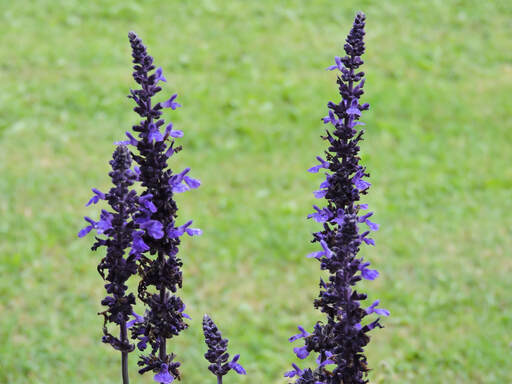 Over the last decade I've heard repeatedly that Salvia flowers are a hummingbird magnet in many regions across the continent. I've never really tried them because my hummingbird hideaway is in one of the coldest zones where you'll find hummingbirds, zone 1b-2. As a matter of fact many of the perennials listed out there don't have an accurate rating for the climate they'll survive in. This is where I had a lot of difficulty choosing perennials in the past. Many of them didn't include zones that were colder than zone 3. By trial and error I had to plant perennials and then see whether they'd come up the following Spring. I'm quite certain that Salvia plants won't over winter in my region, so I'll have to treat them as an annual. My wife and I looked around at a few greenhouses to see if they had any Salvias worth trying. They were virtually nonexistent, but to my surprise my wife came home one day after work with a Mysty Salvia. It looked like a flower that hummingbirds would love, and from what I've heard from many of my hummingbird friends, Salvias top the list of favorites. From the information provided, it'll grow about 12 - 20 inches, and be perfect in our raised pots. So we planted the Mysty Salvia in a pot on the deck and it didn't take long for our resident hummingbird to locate it. Not only did he find it, he put it on the top of his list with the Delphiniums. It was in a location where we could monitor the progress, and it certainly did not disappoint. About 10 times a day, Ziggy, our dominant hummingbird, would visit the plant and feed from every single flower that was in bloom. I can tell you this, that if the adult male hummingbirds find a flower worthy of repeat visits, it's a guarantee that there is extreme value in that flower, and that all hummingbirds will love it. This plant will become a regular in my garden in future seasons. My only question now is how to grow or propagate this plant, whether seed or cuttings. I don't know if this particular variety of salvia produces much for seeds, or if I'll have to take cuttings, and how long they take to go from seed to bloom. I have to treat it as an annual, so it has to bloom the first season because it will not over winter in my climate. If anyone has some helpful information they can share with me, I would love any help I can get. This plant is new to me, and any information would be beneficial. I just wanted to pass on the brief bit of knowledge I've gained just in the first month of trying out this flower, and a big thanks to all who have suggested Salvias, and for sharing their knowledge on them for hummingbirds. In the future I will pass on any information I've learned, and reveal how successful I am in growing this hummingbird goldmine. |
AuthorMuch of the year I spend time attracting hummingbirds and other species to my garden. Please take some time to read and enjoy my blog. I hope it inspires you to build and create a beautiful place to attract birds of your own. Archives
May 2022
Categories |
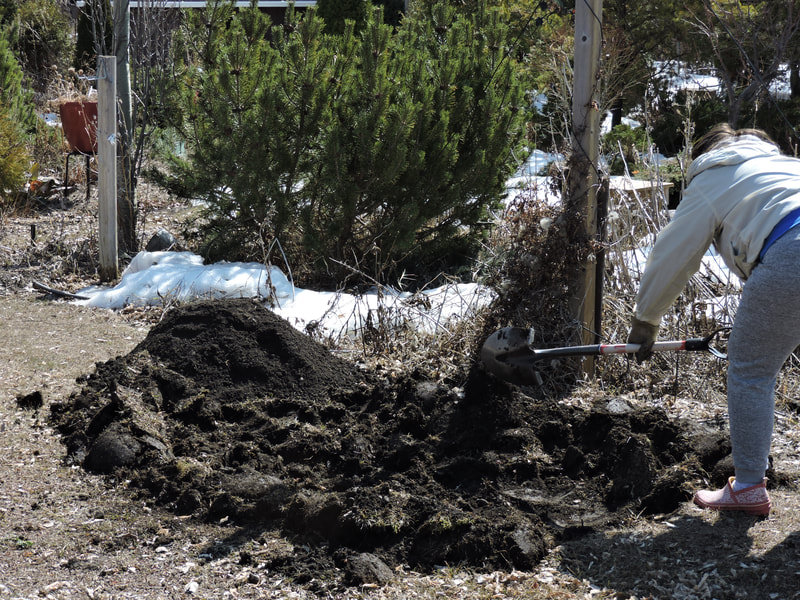
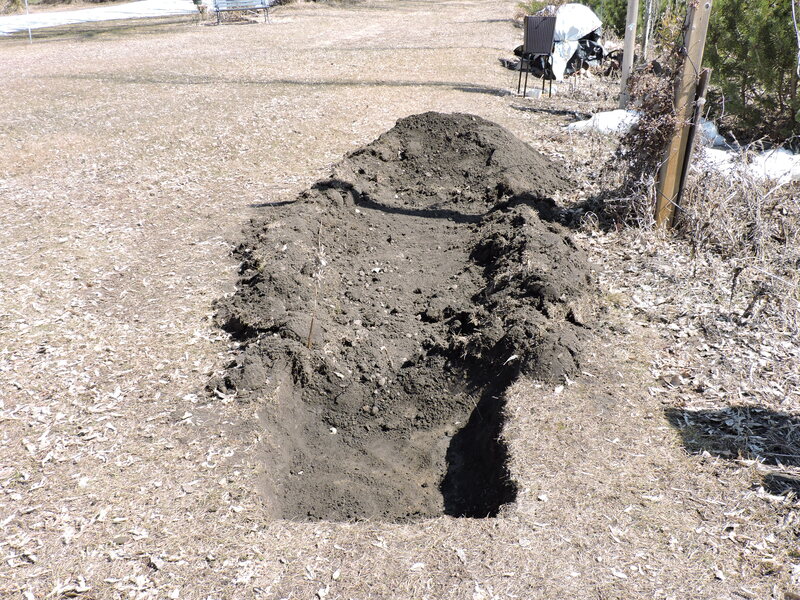
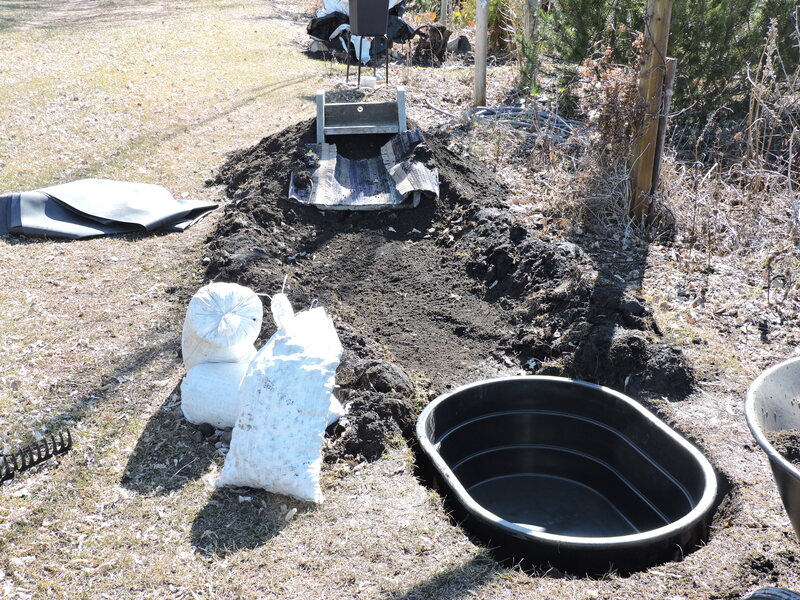
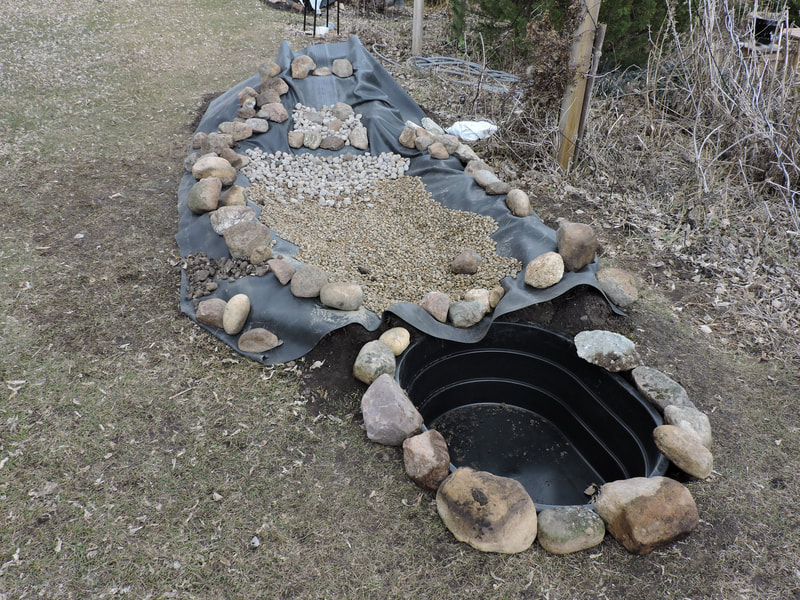
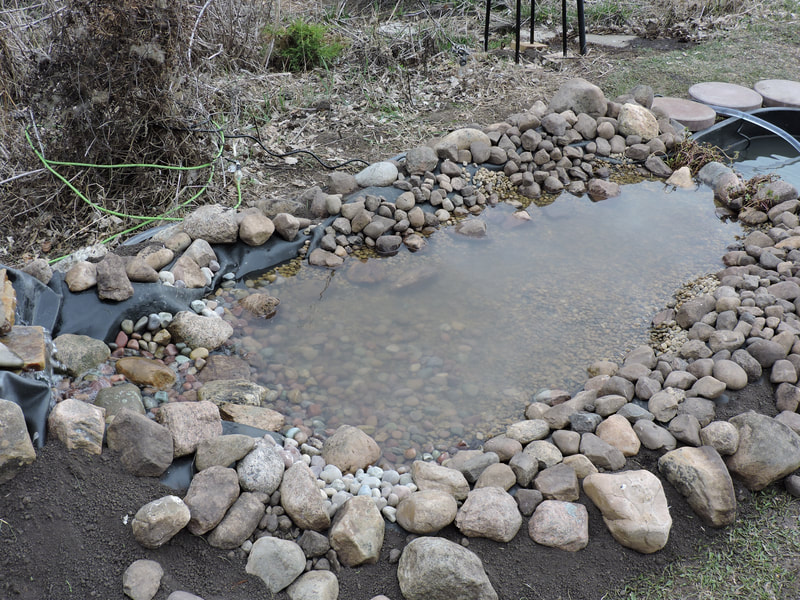
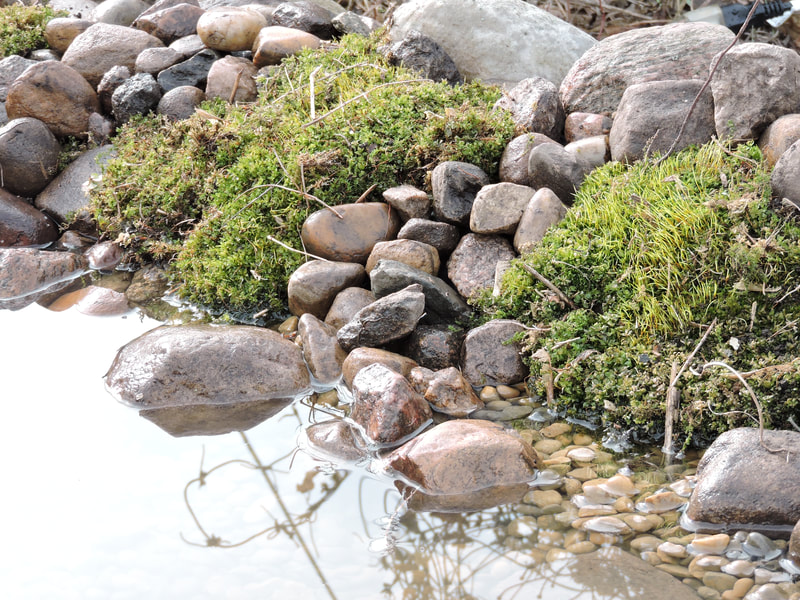
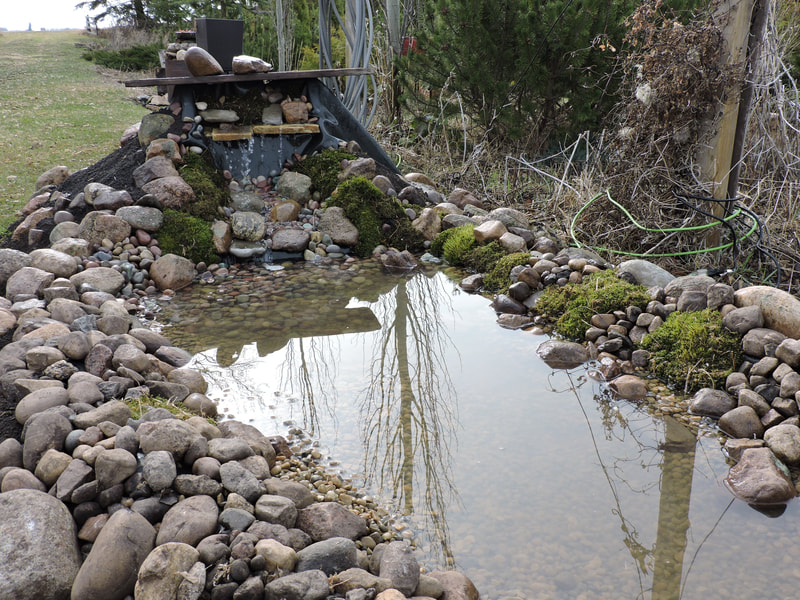
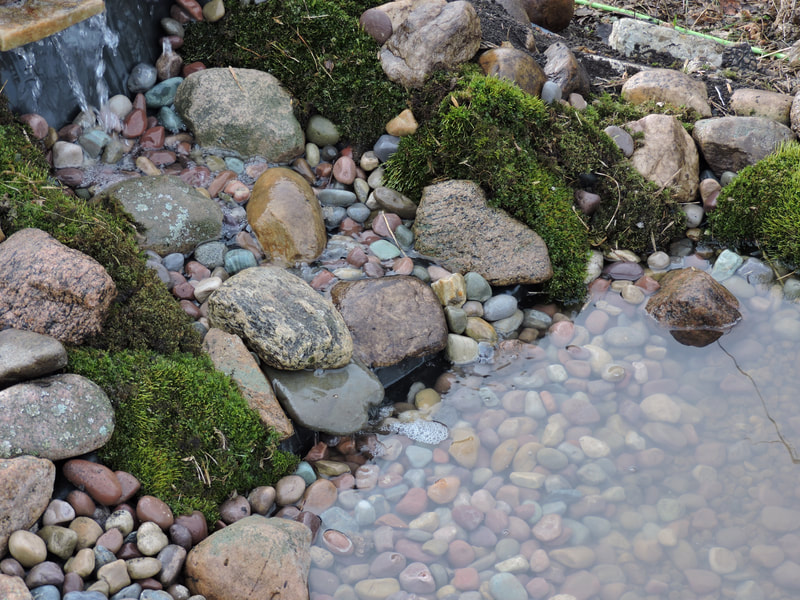
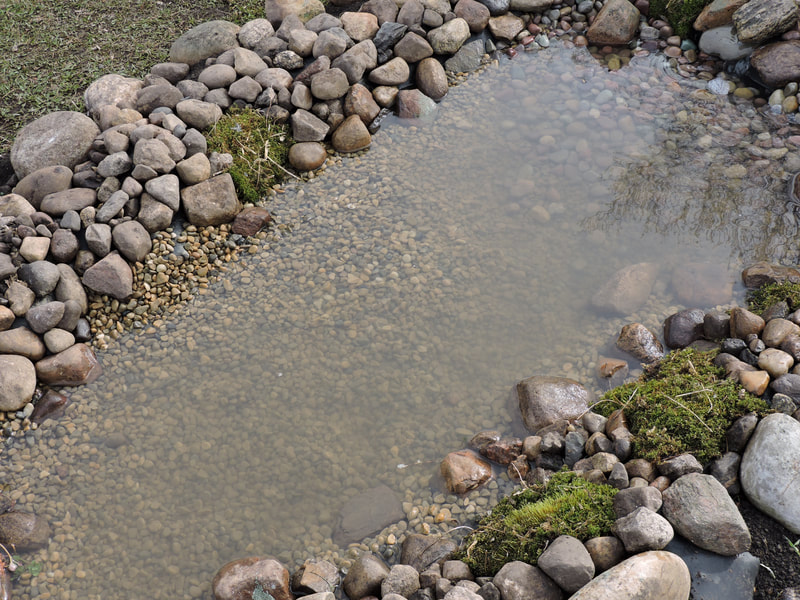
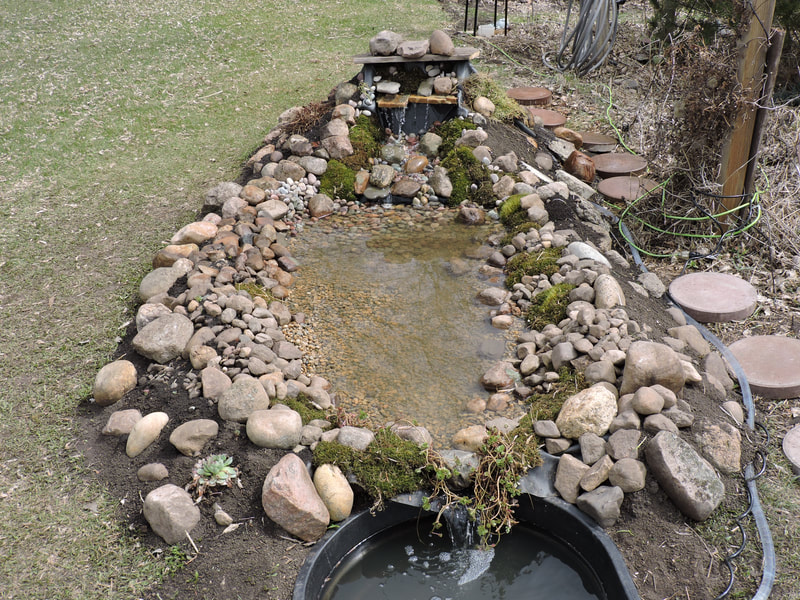
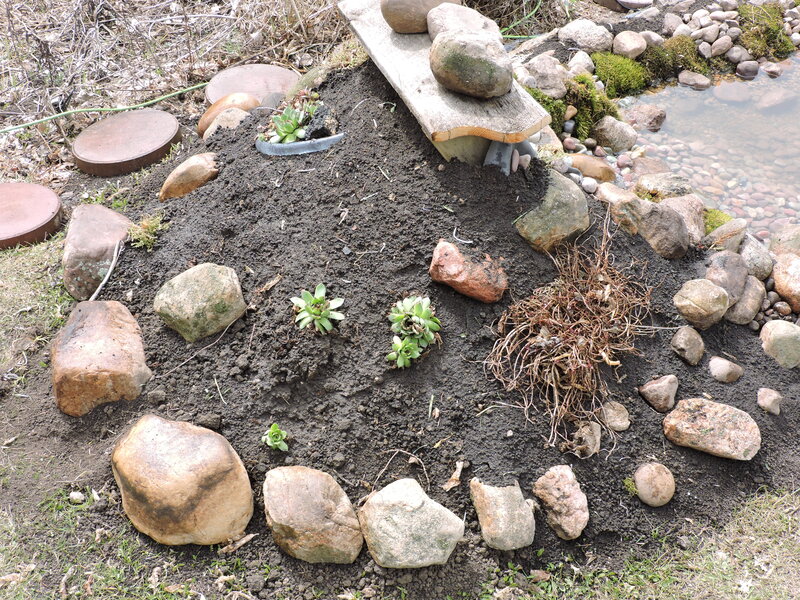
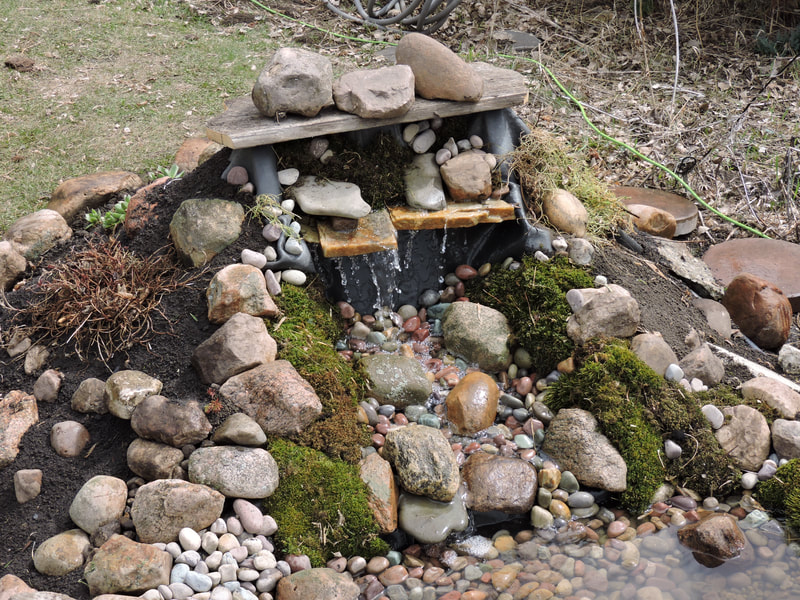
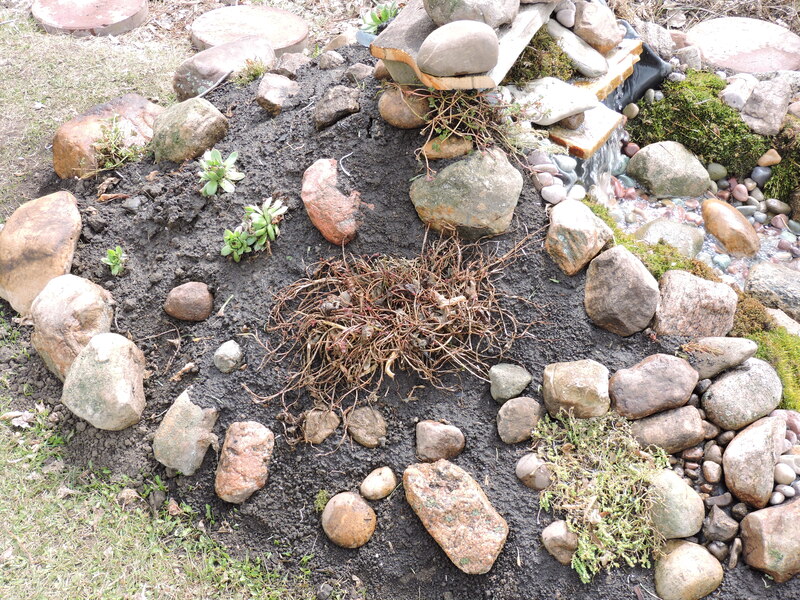
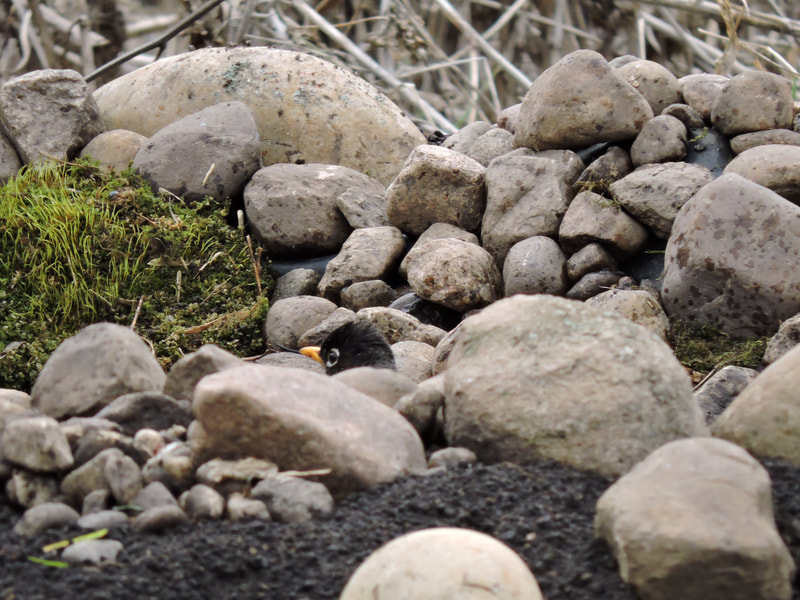
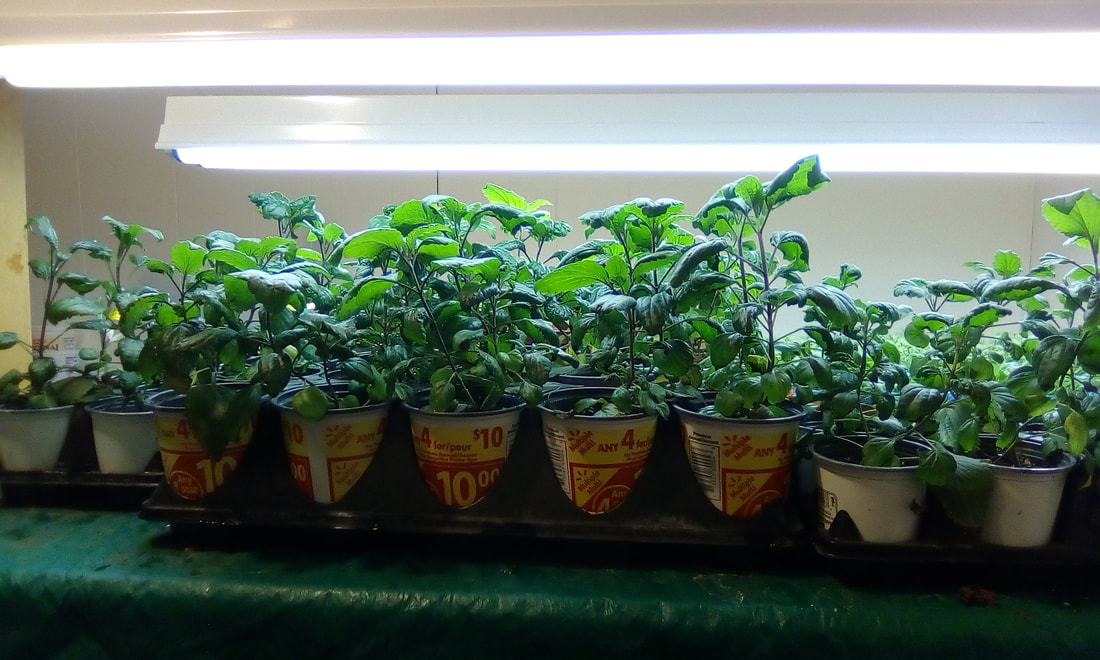
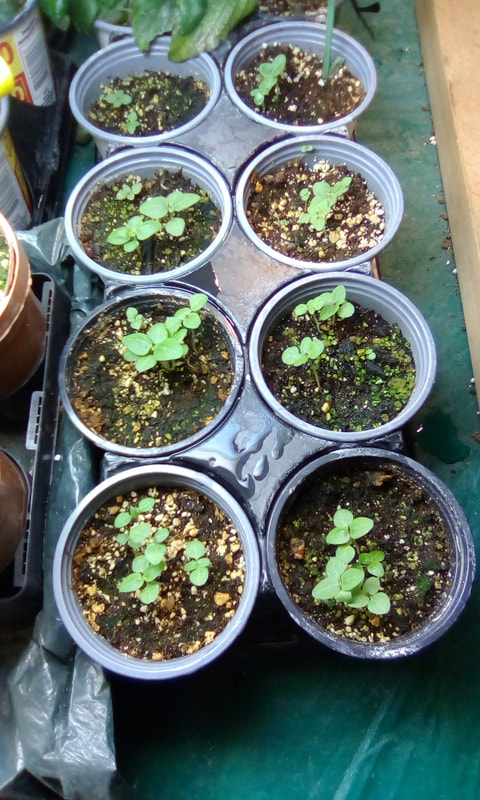
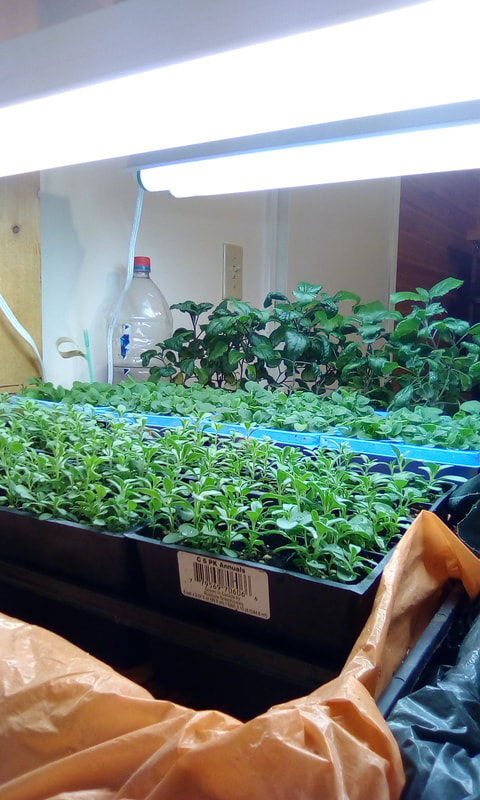
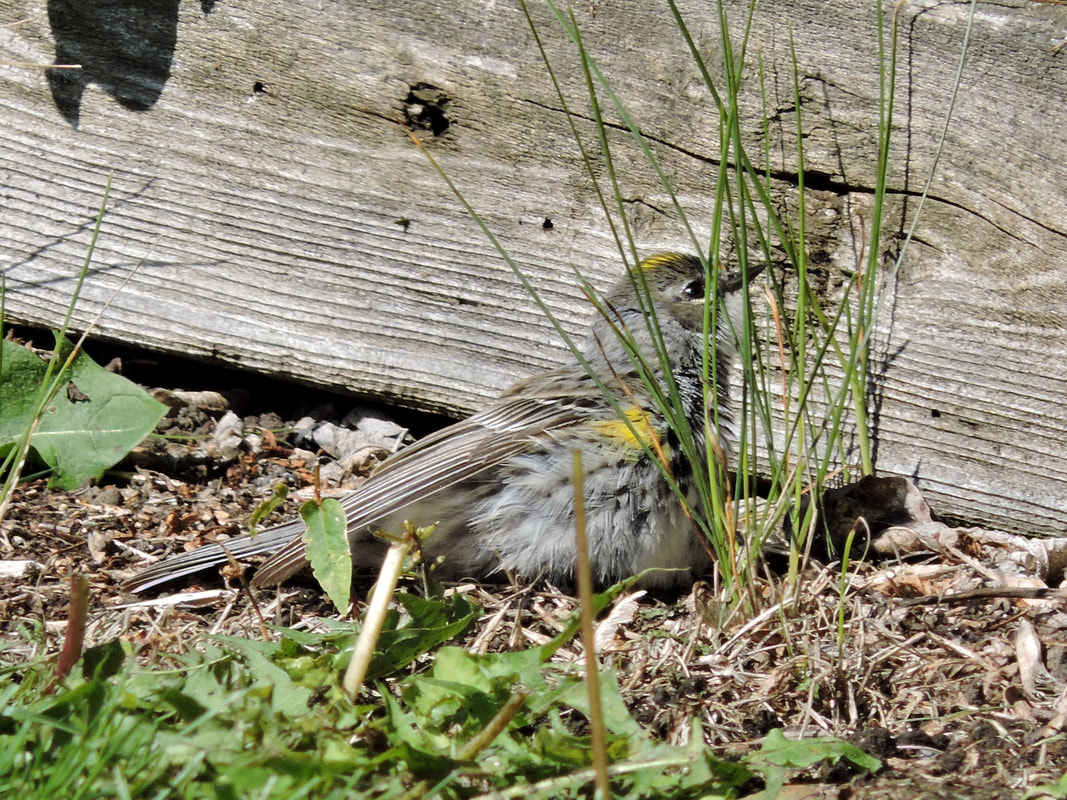
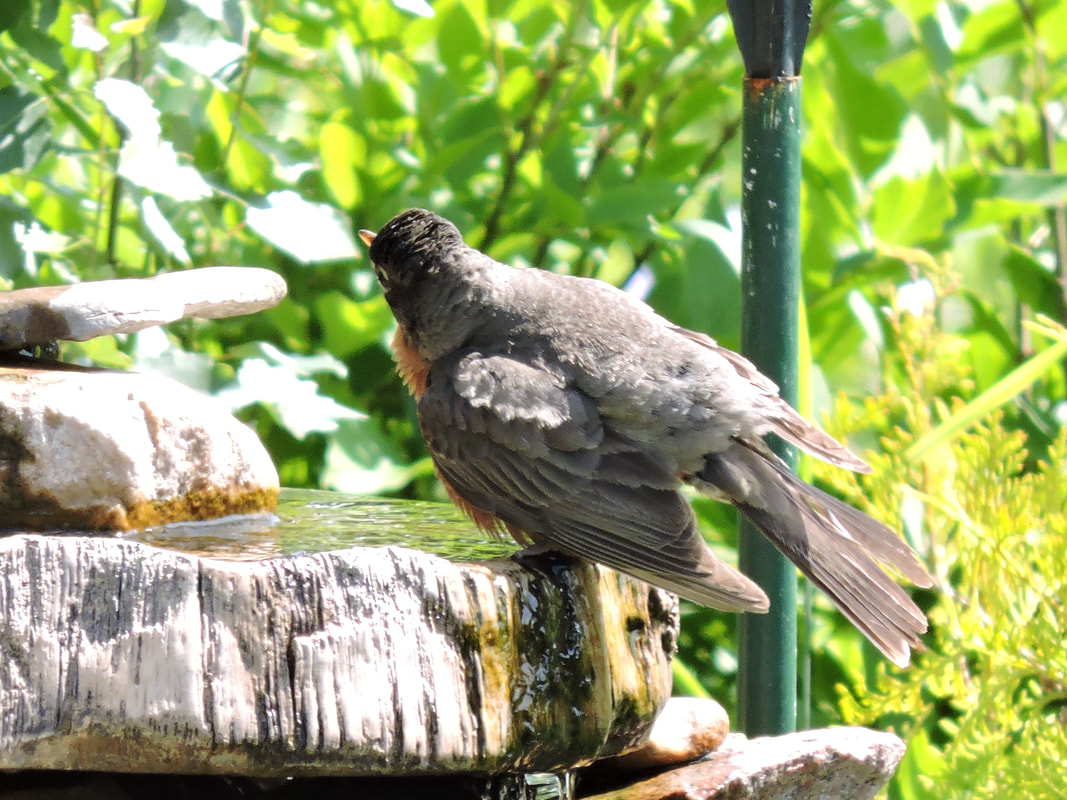
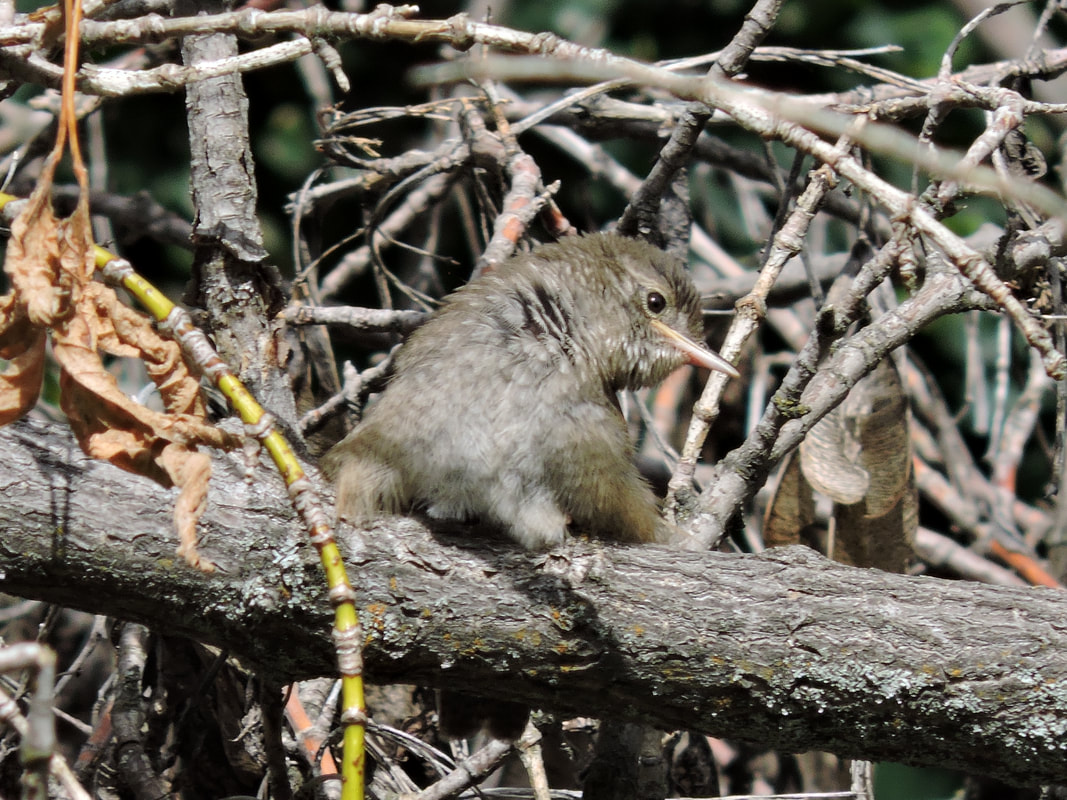
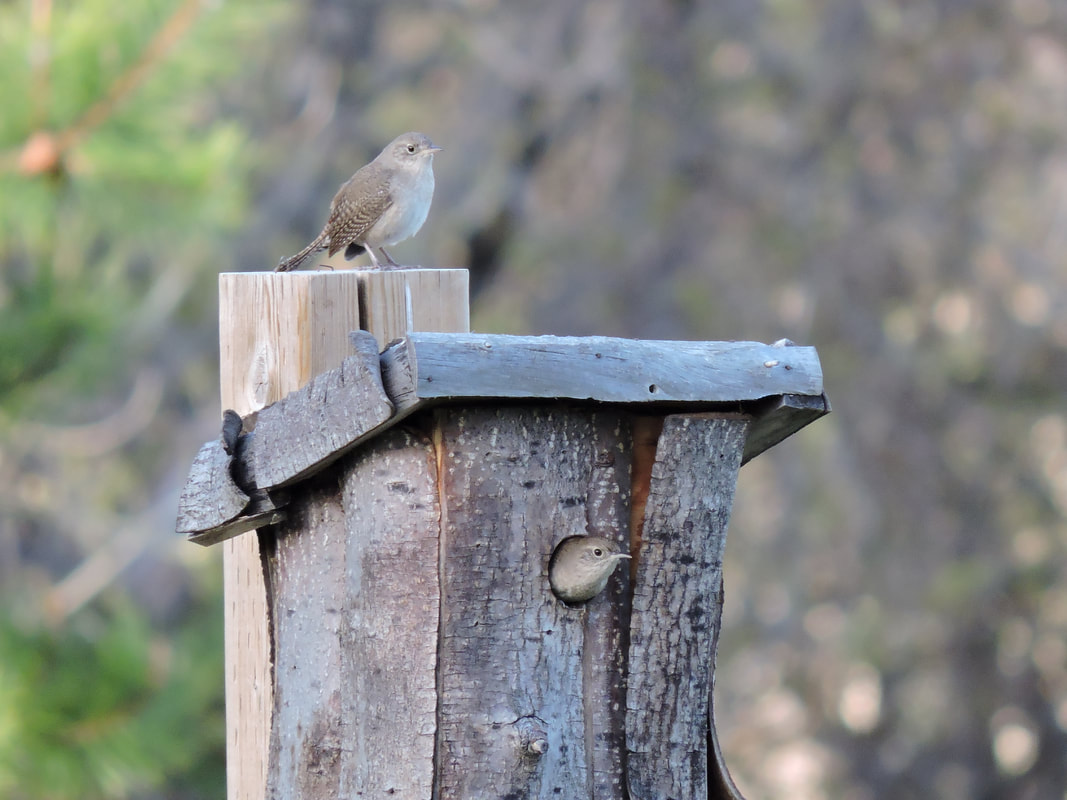
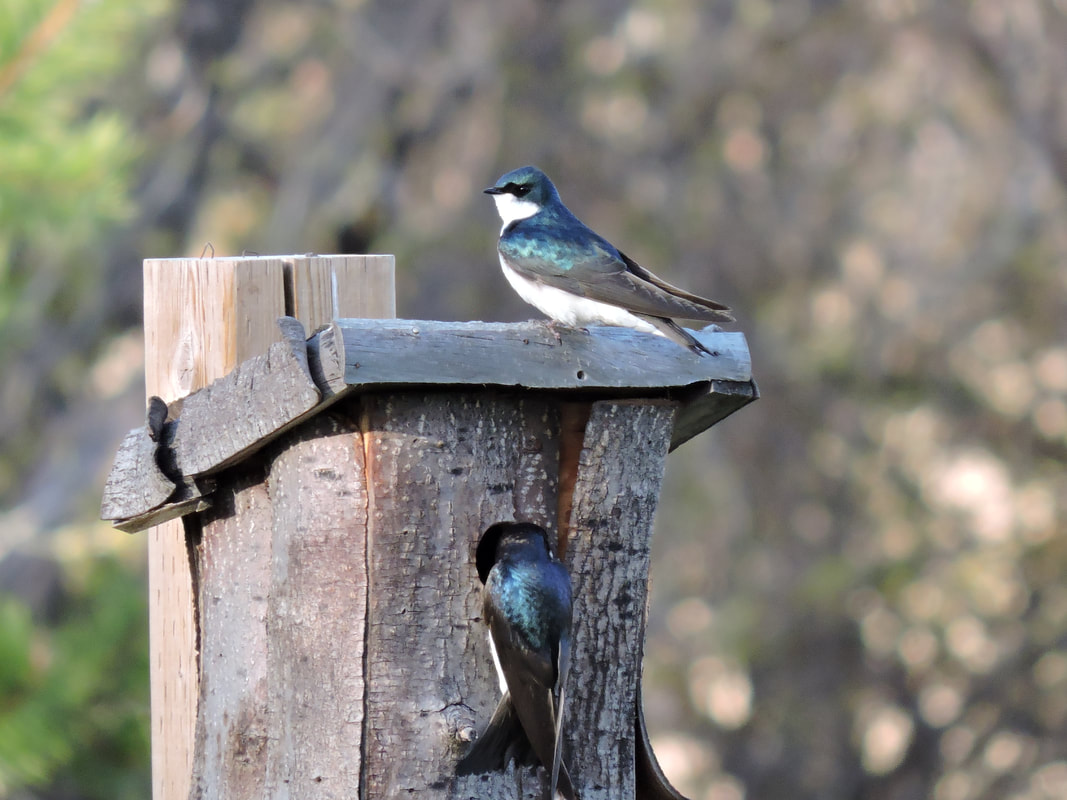
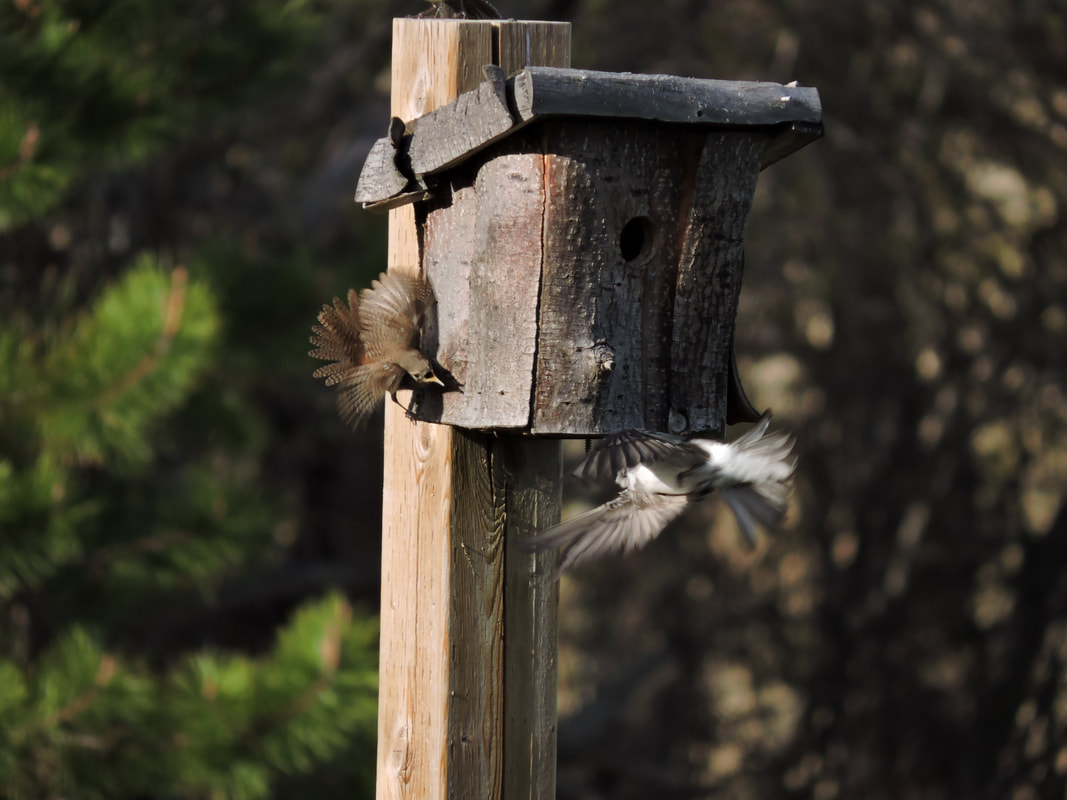
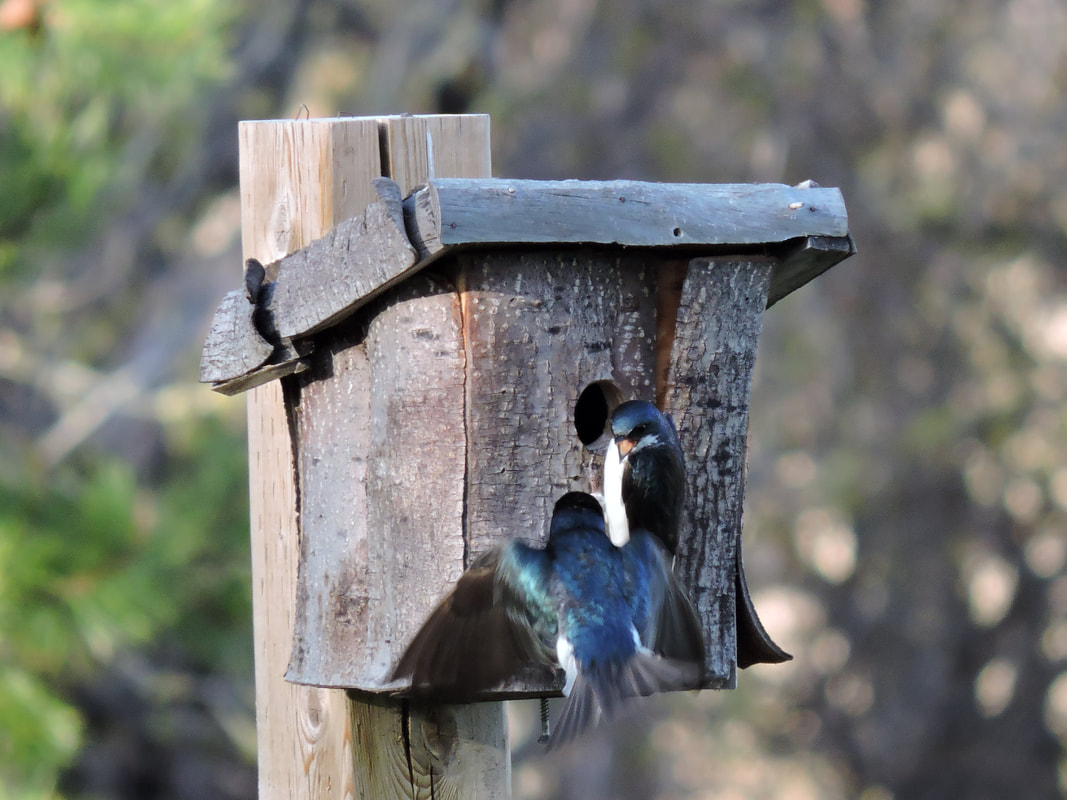
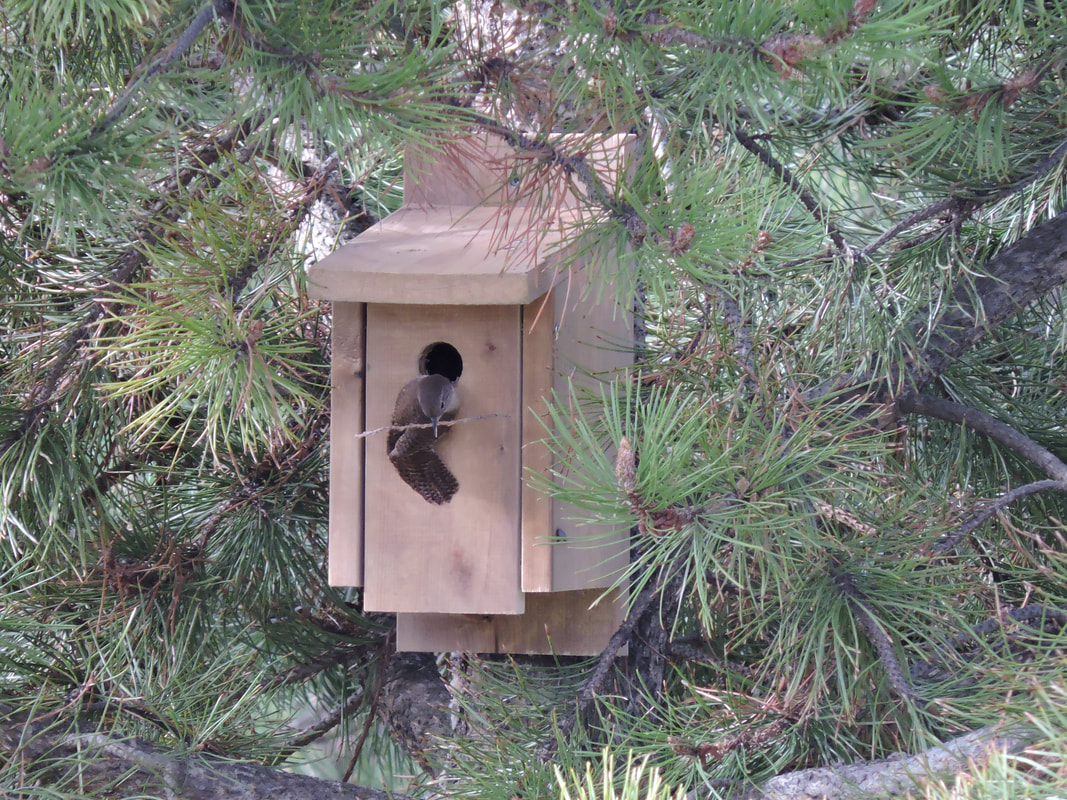
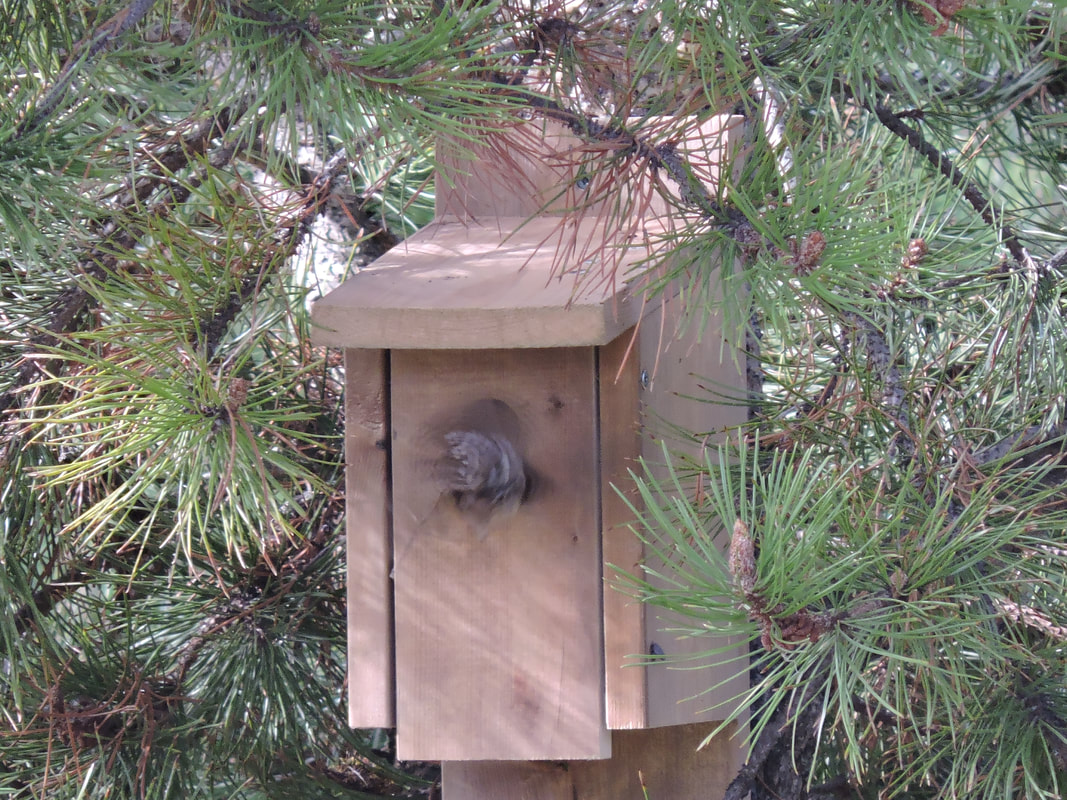
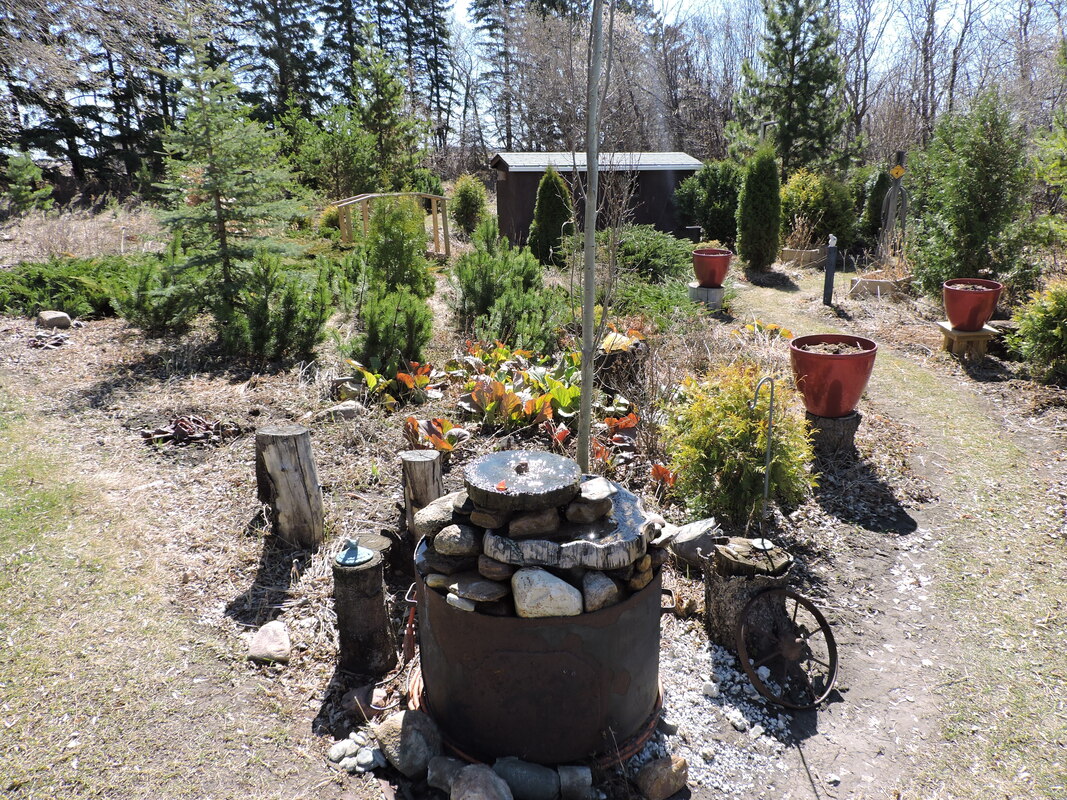
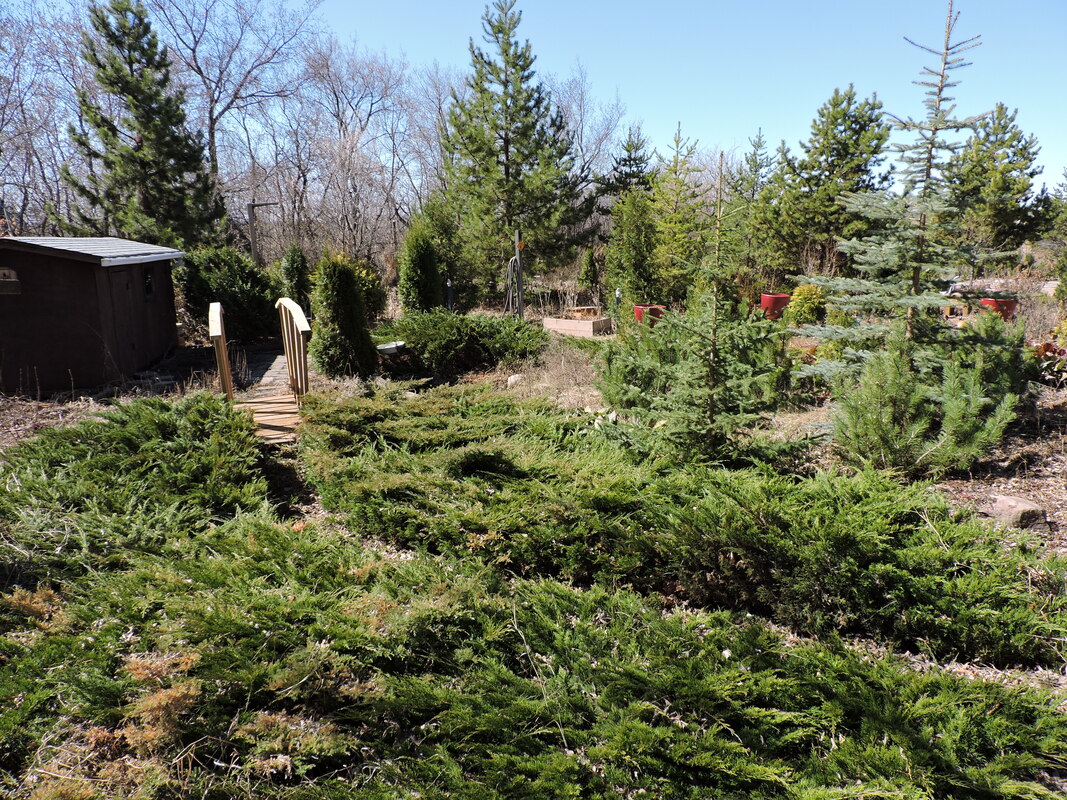
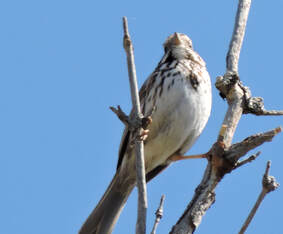
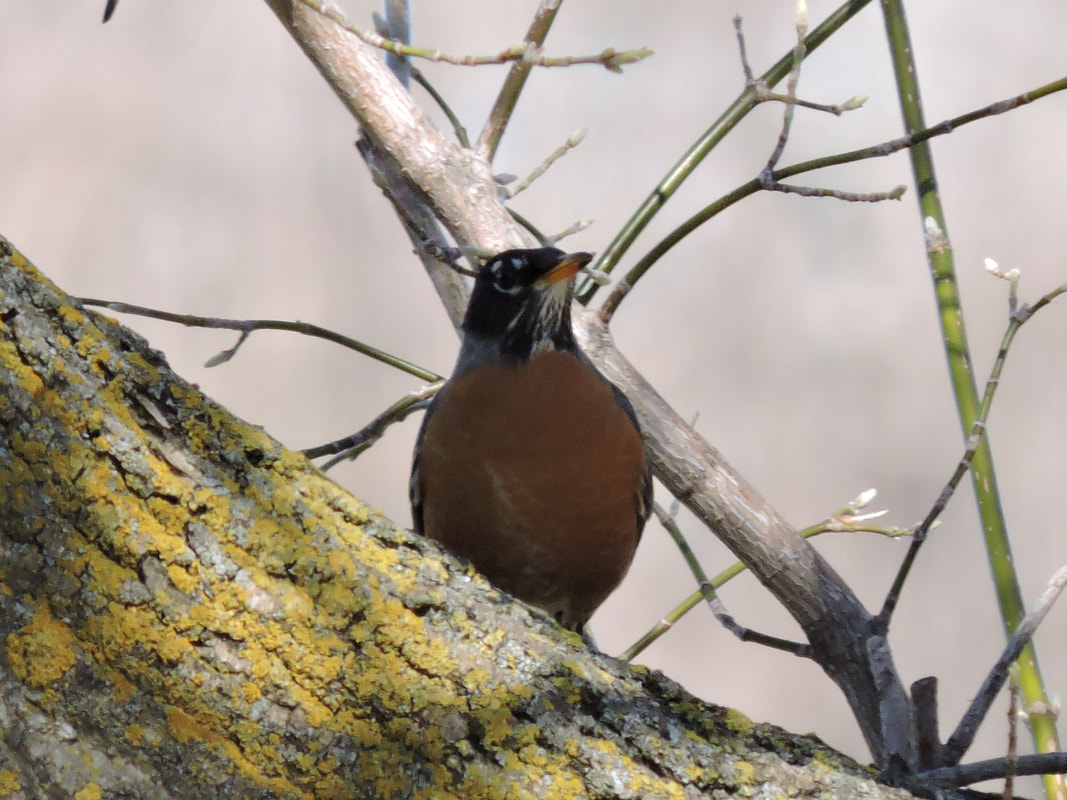
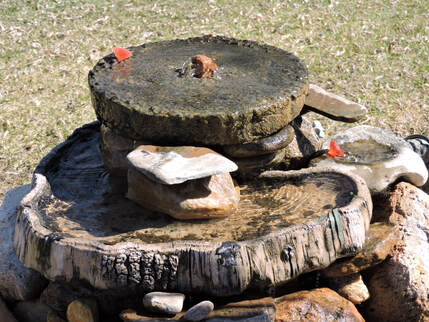
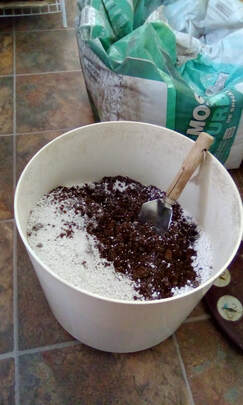
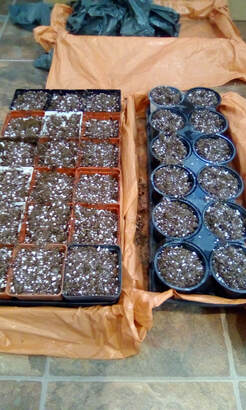
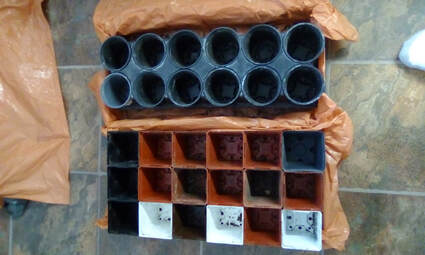
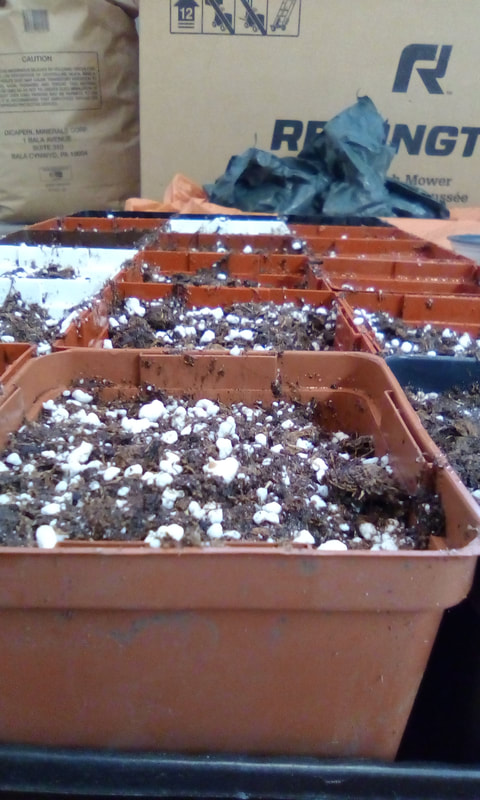
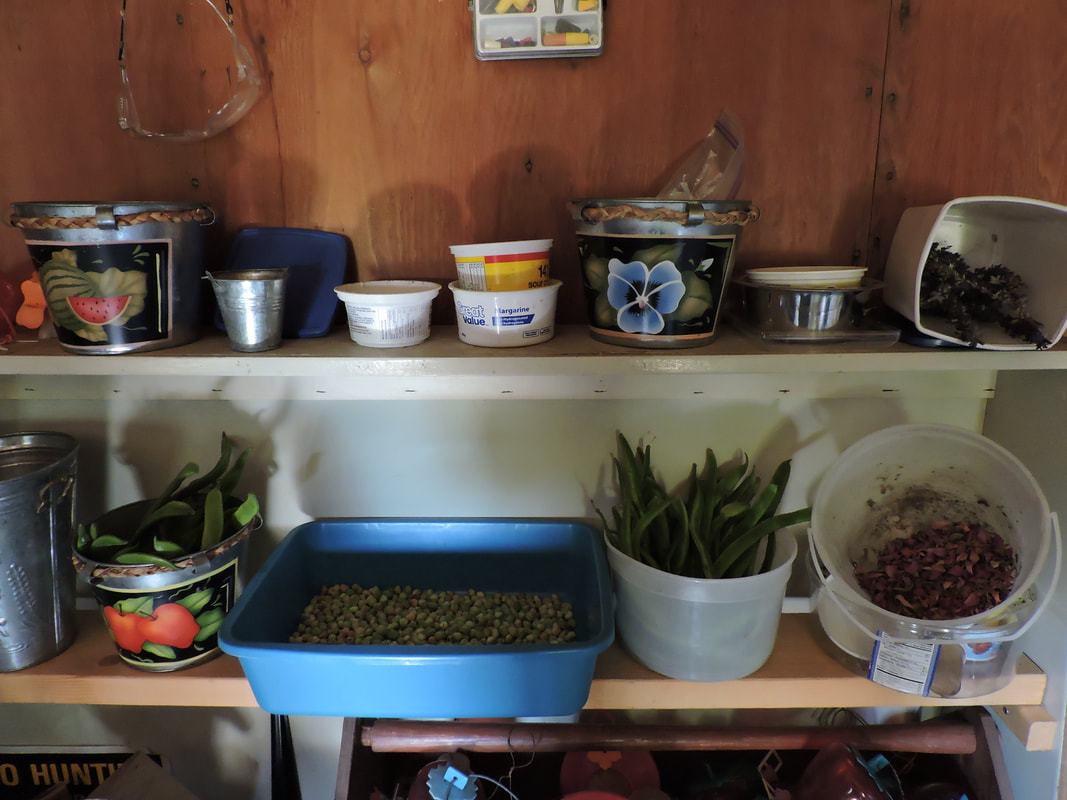
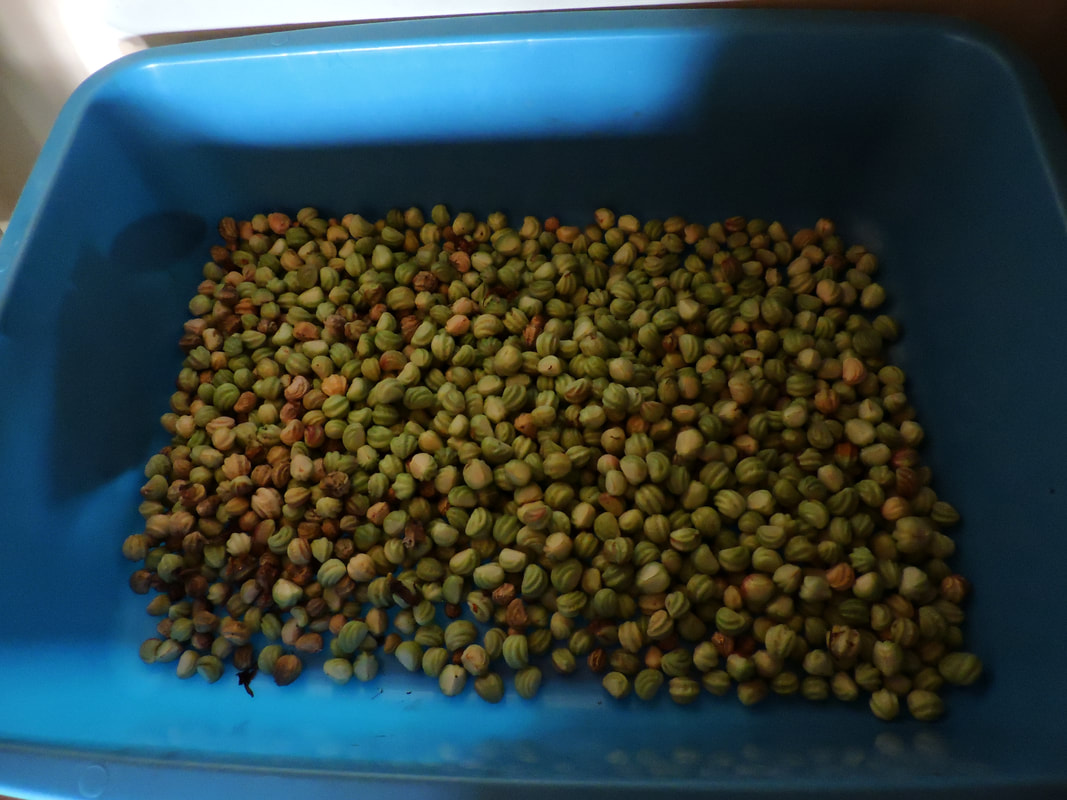
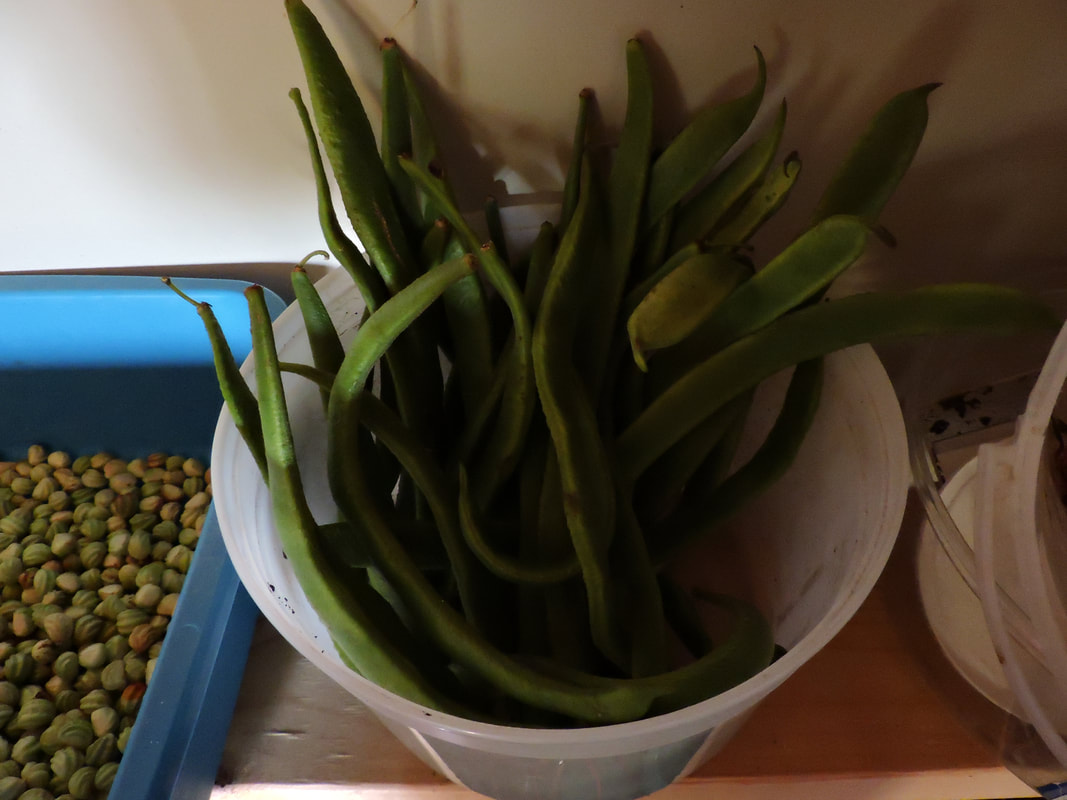
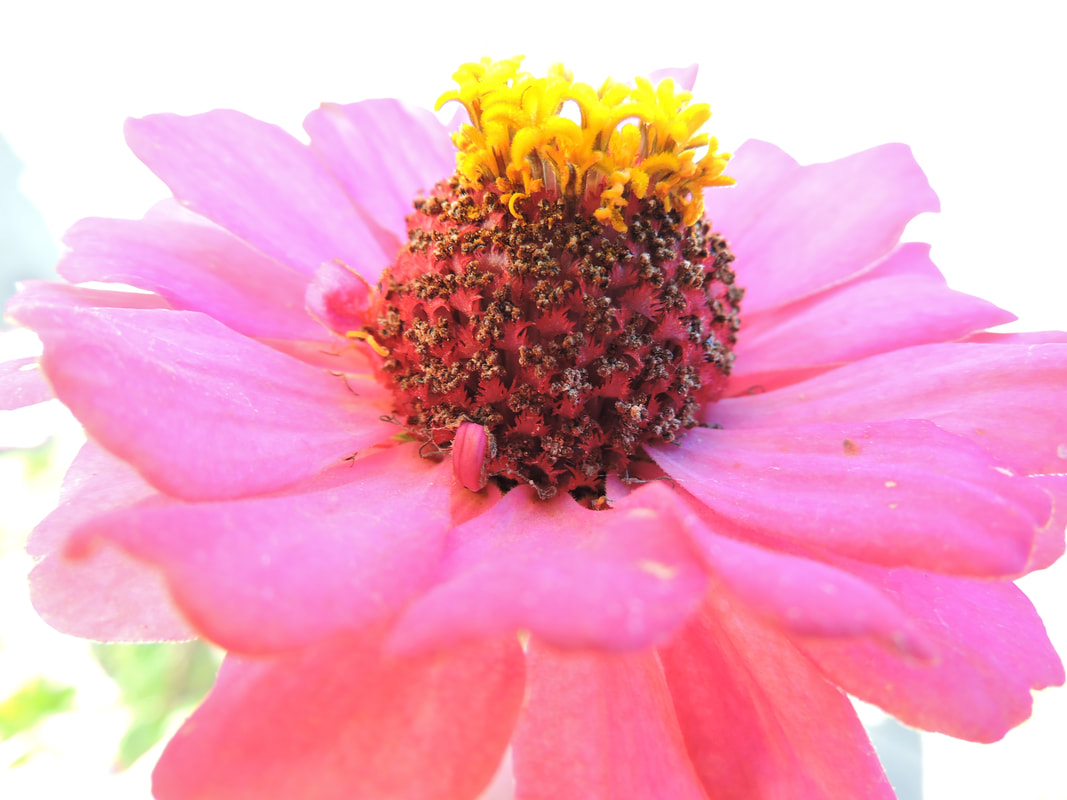
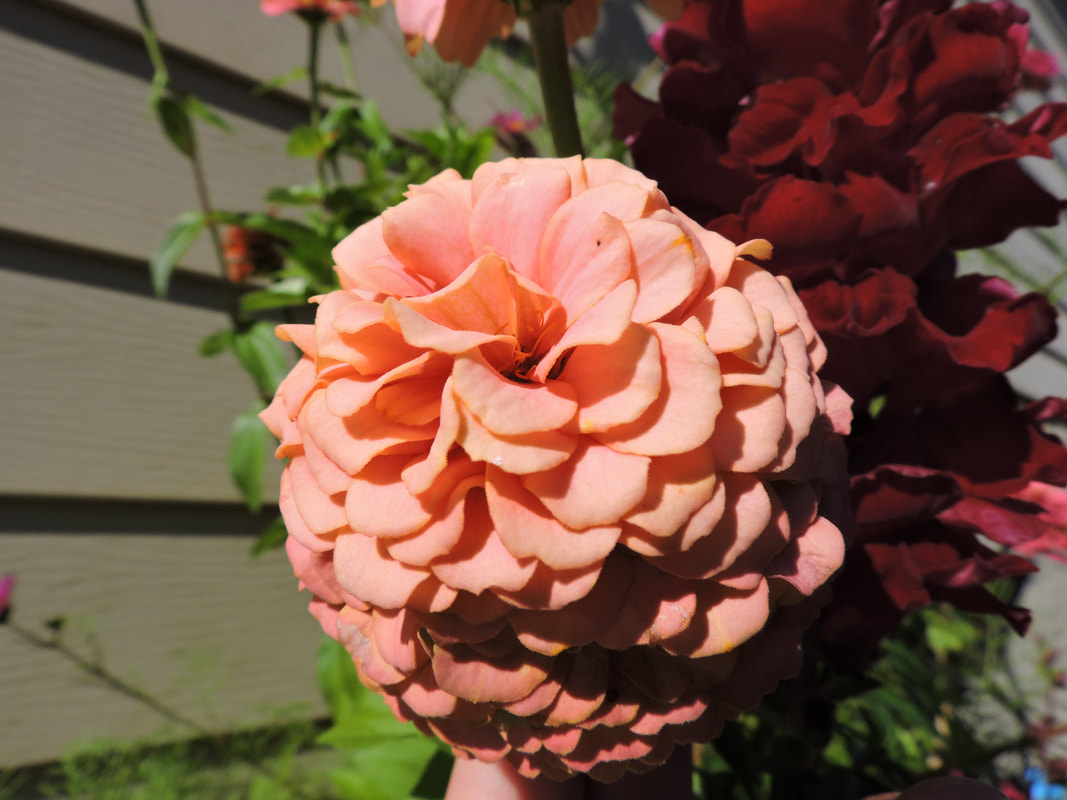
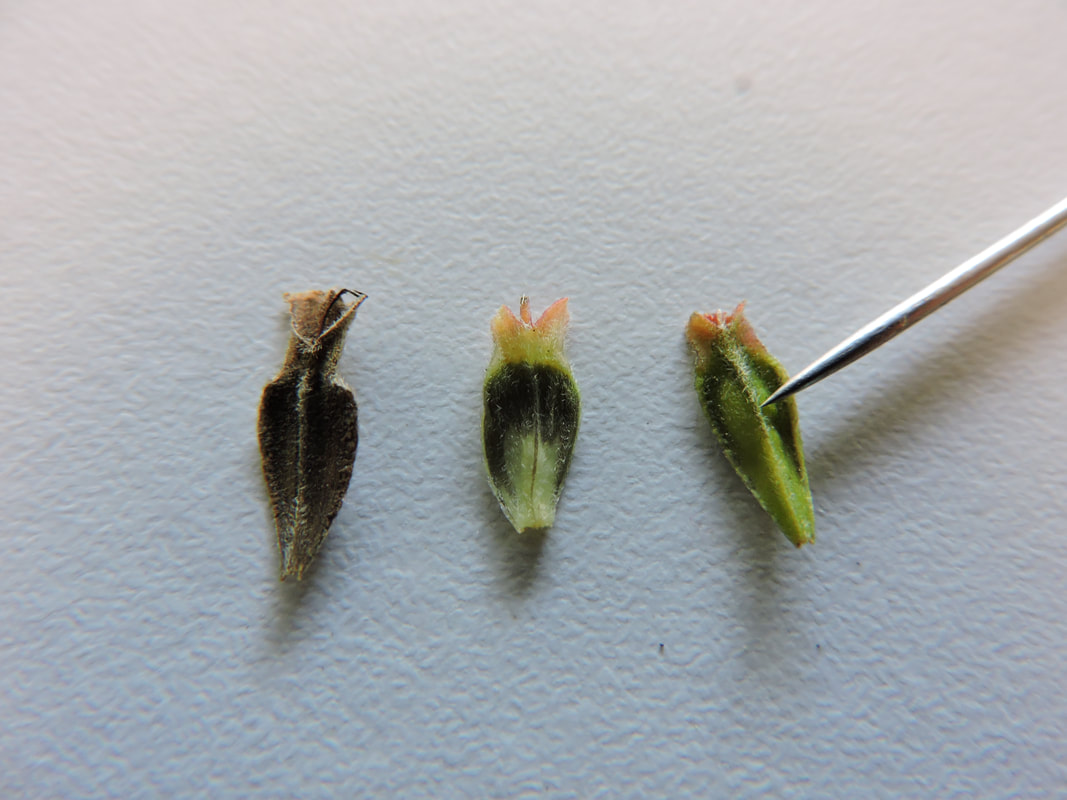
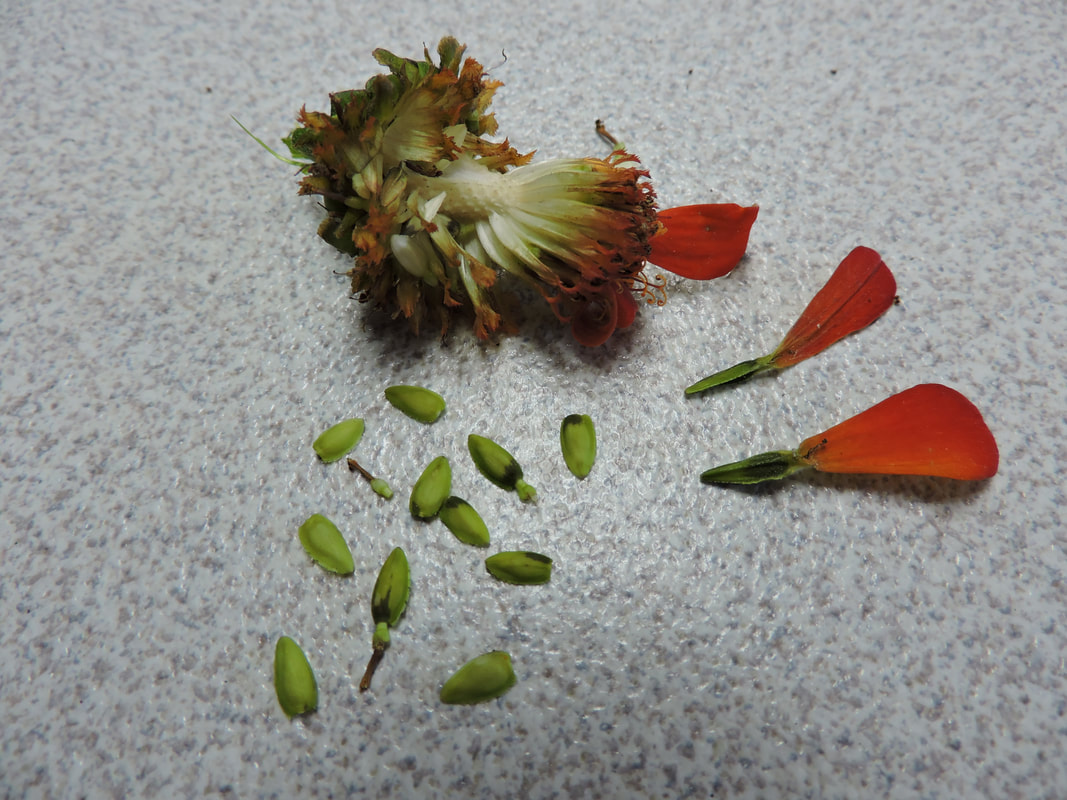
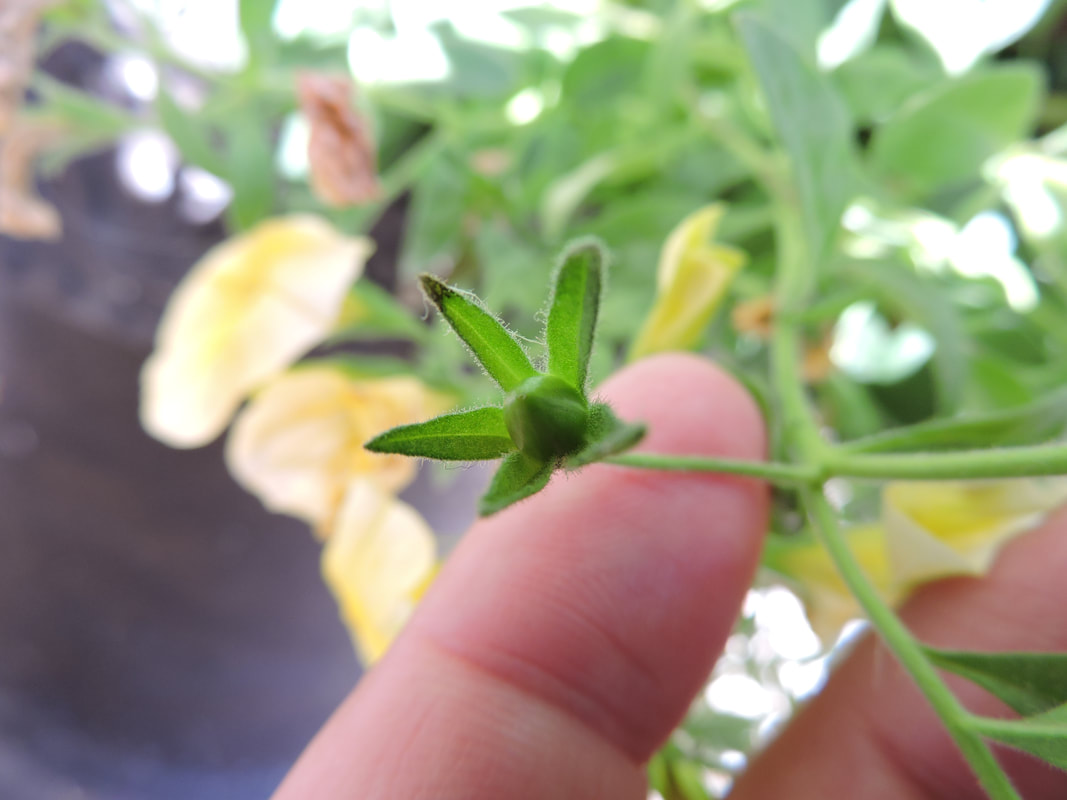
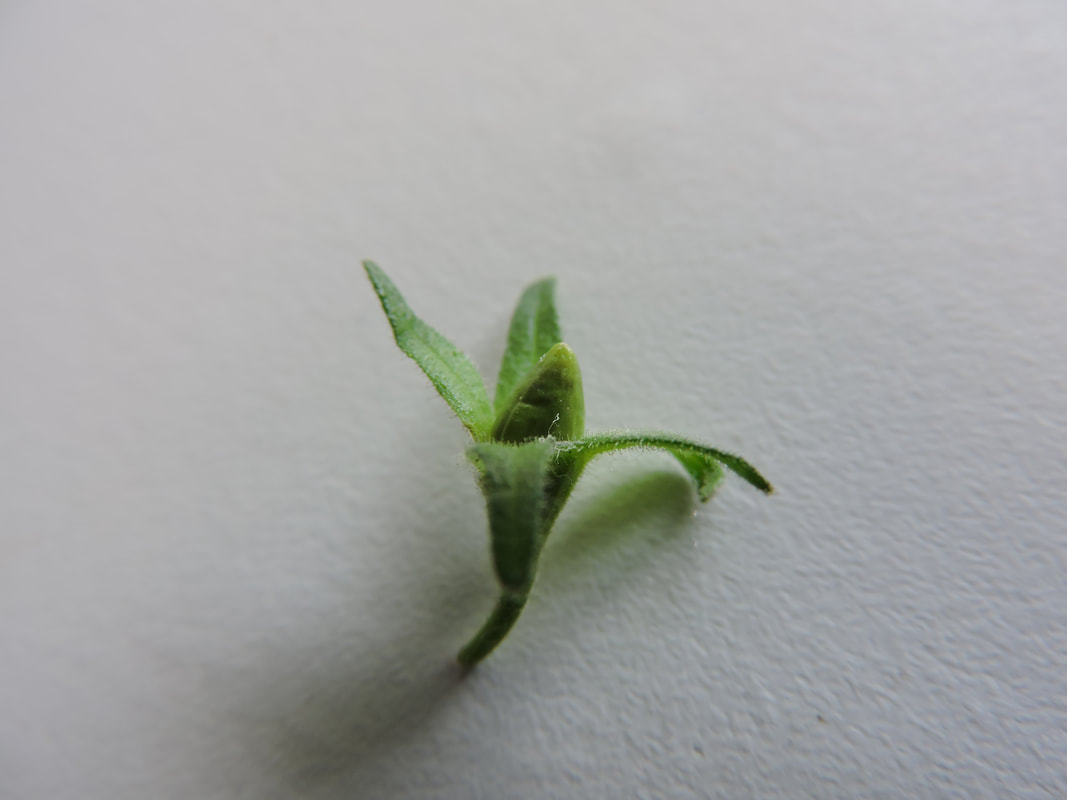
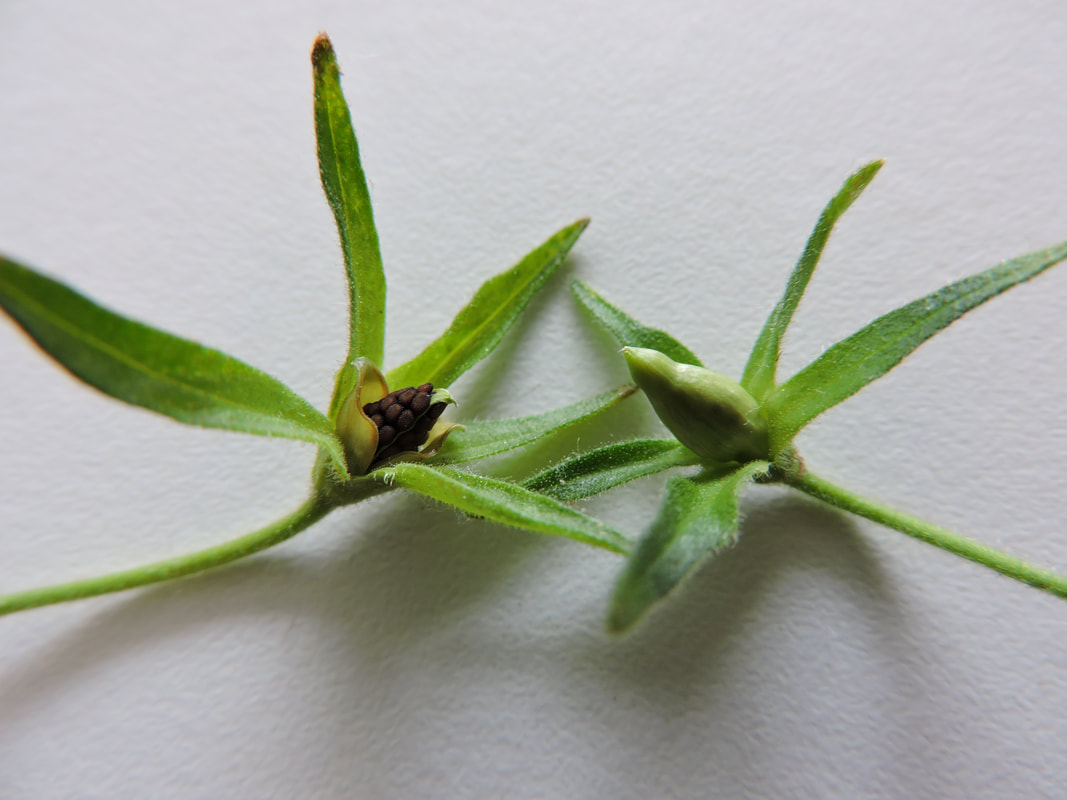
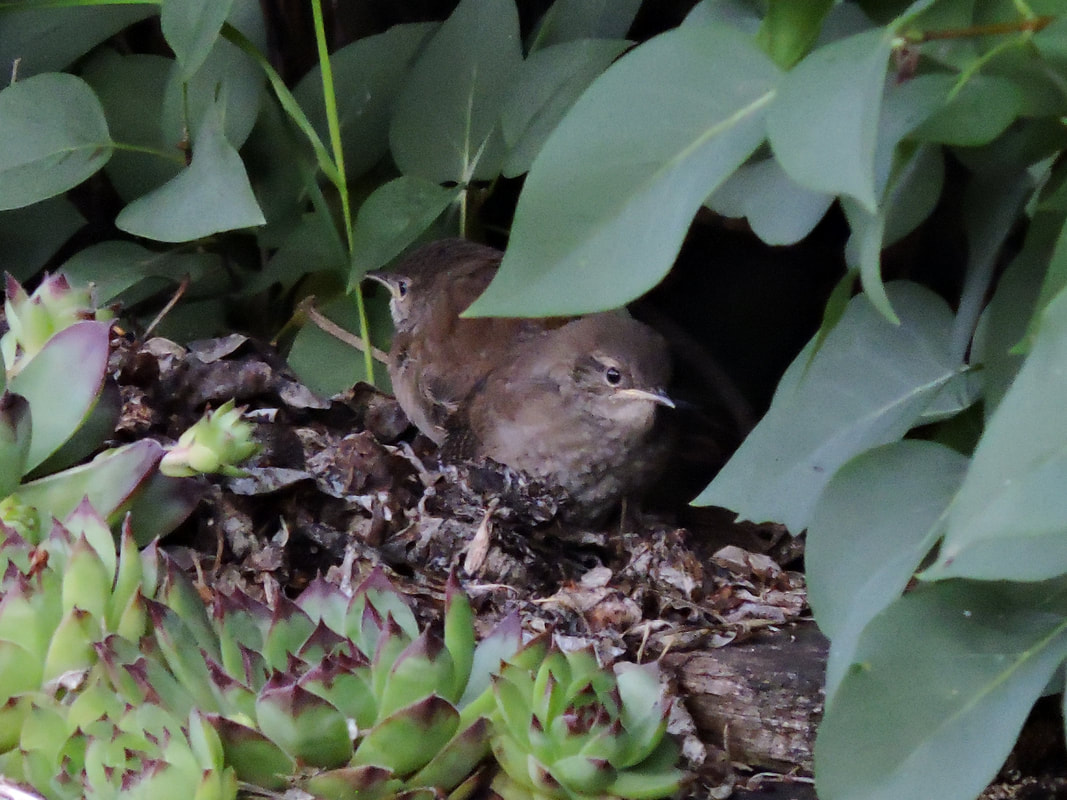
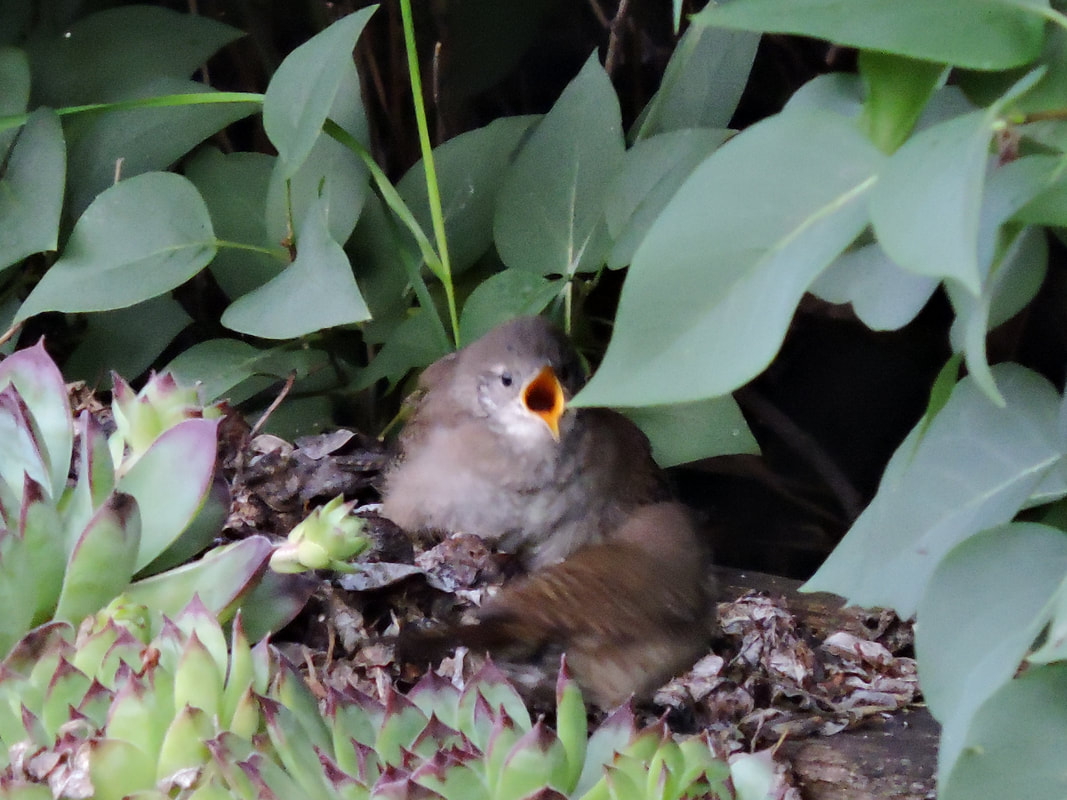
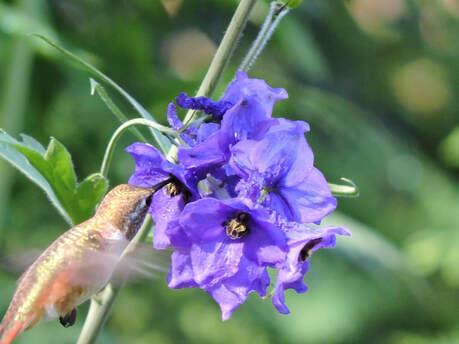
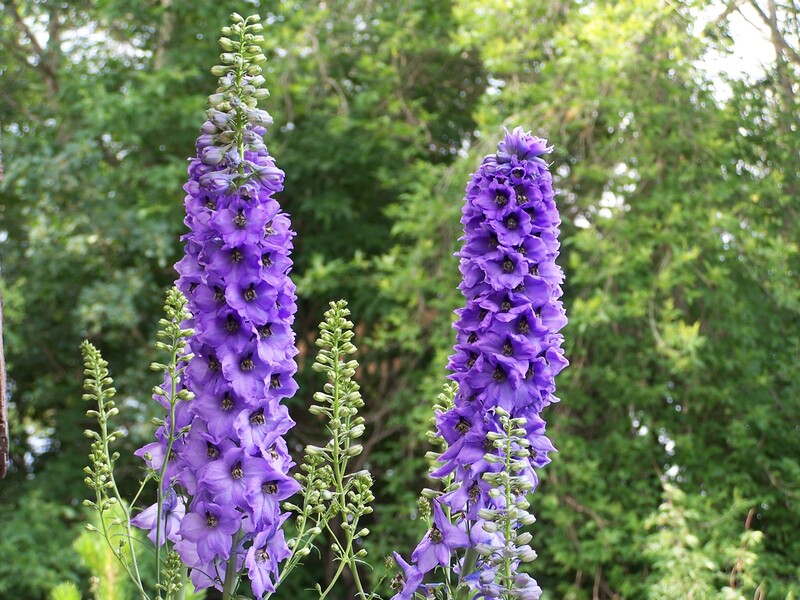
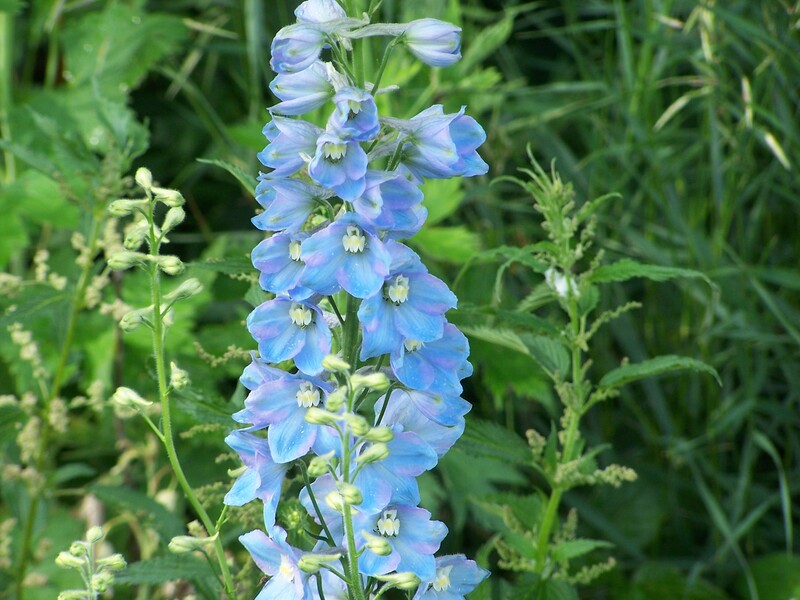
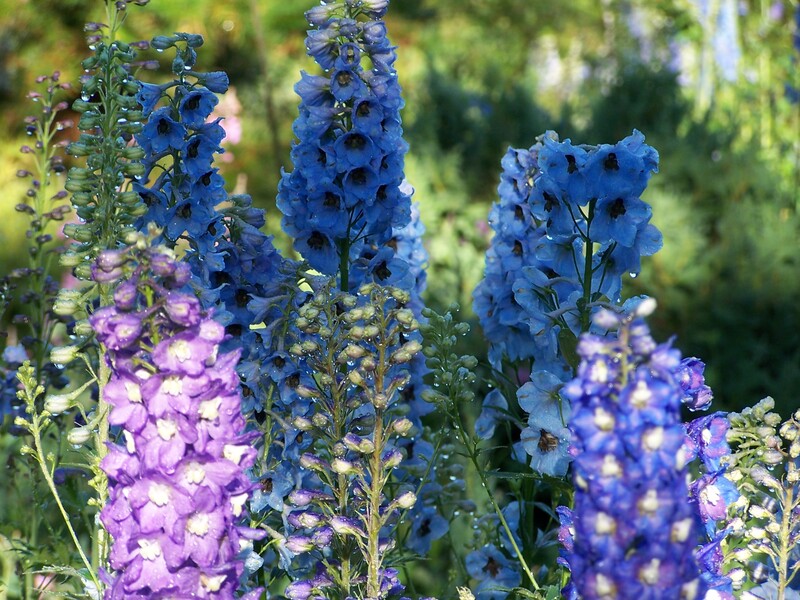
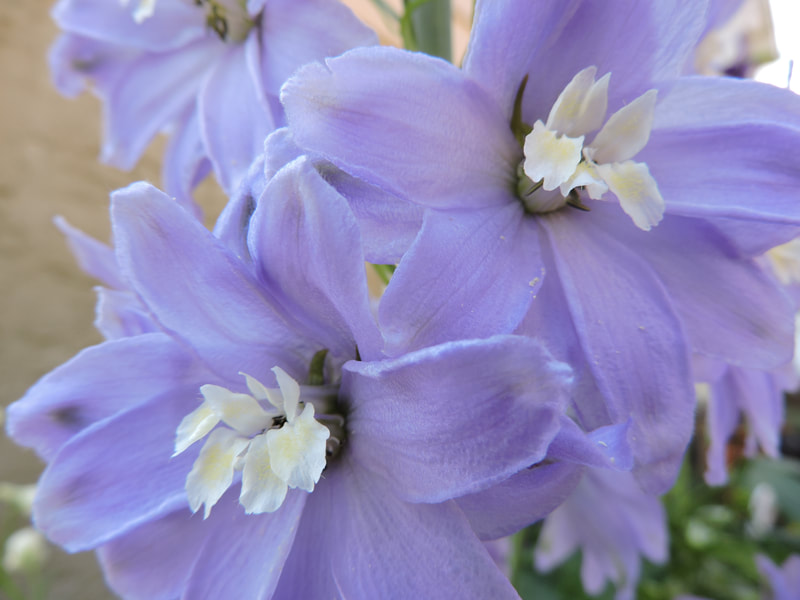
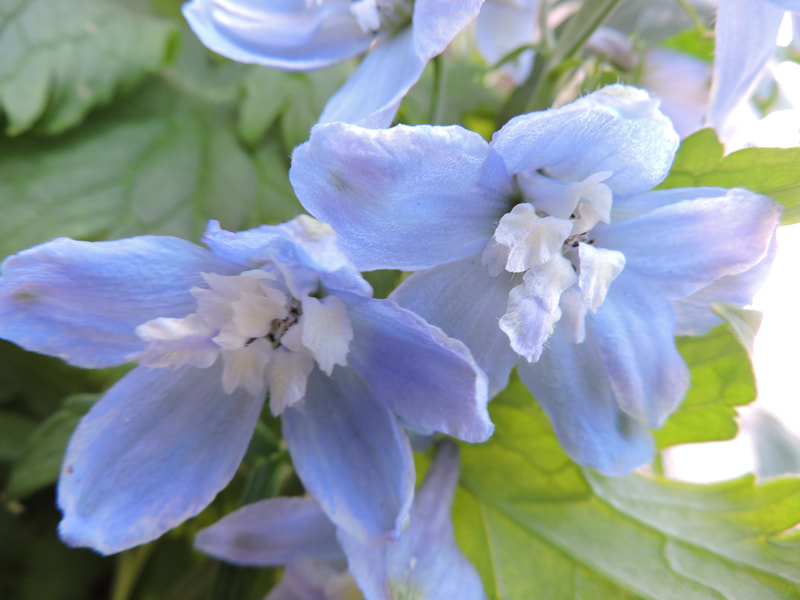
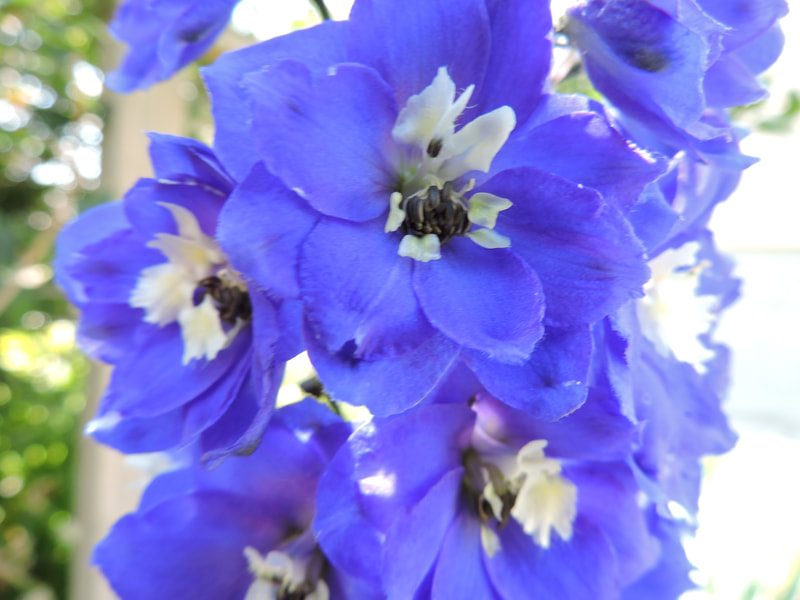
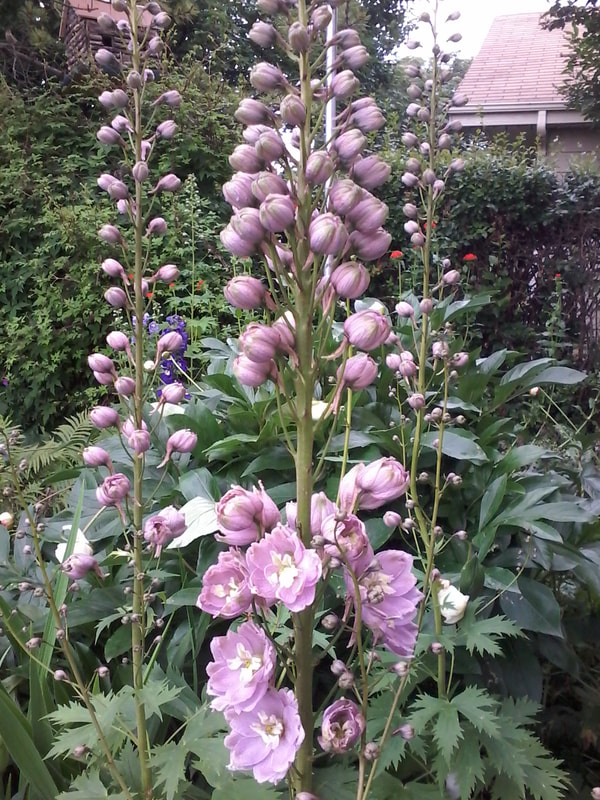
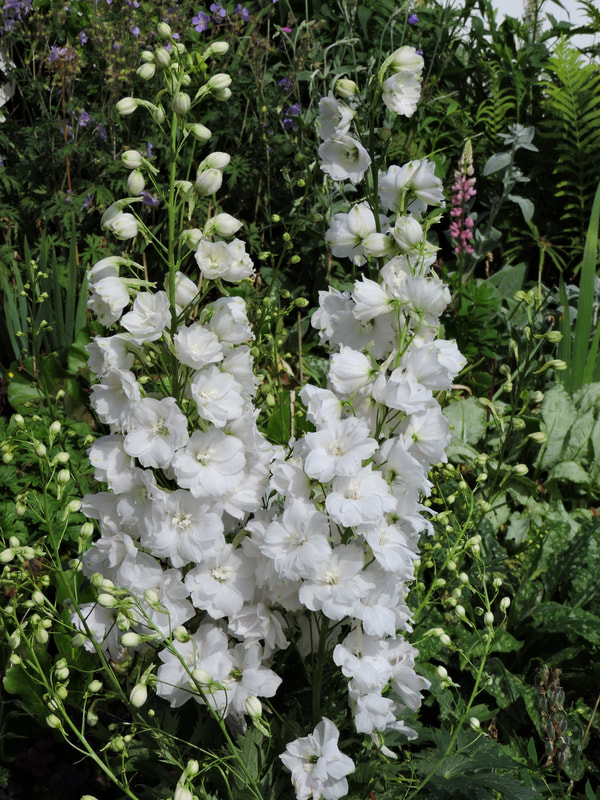
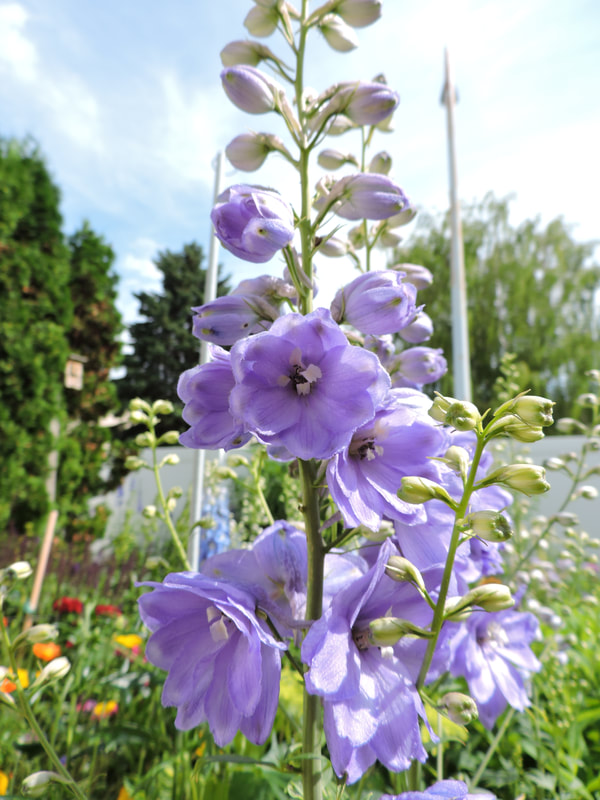
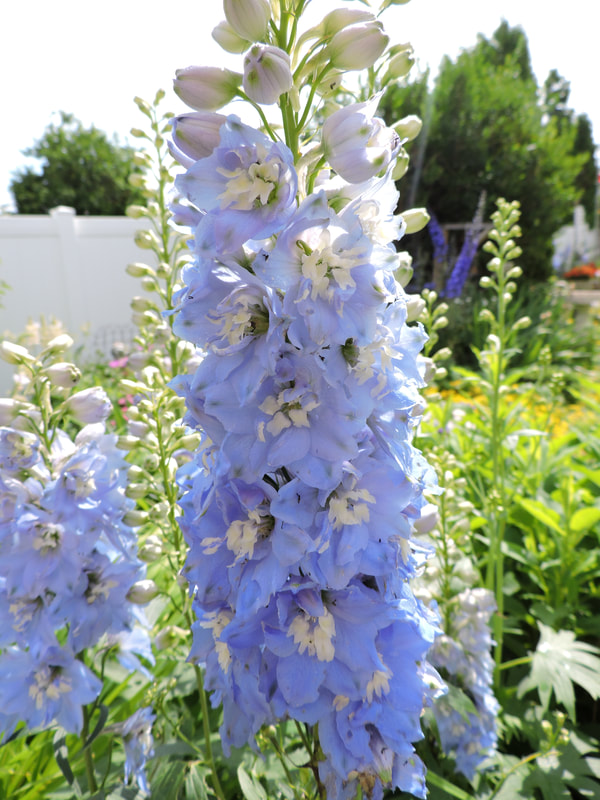
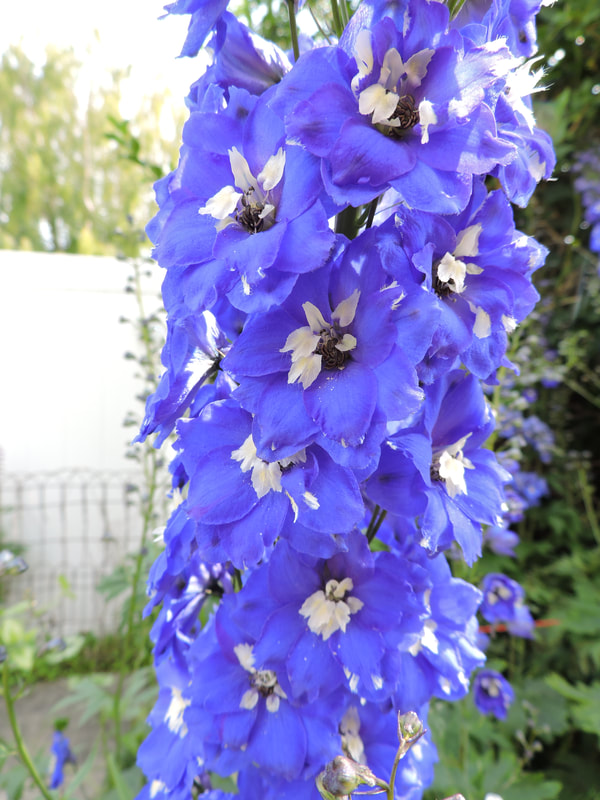
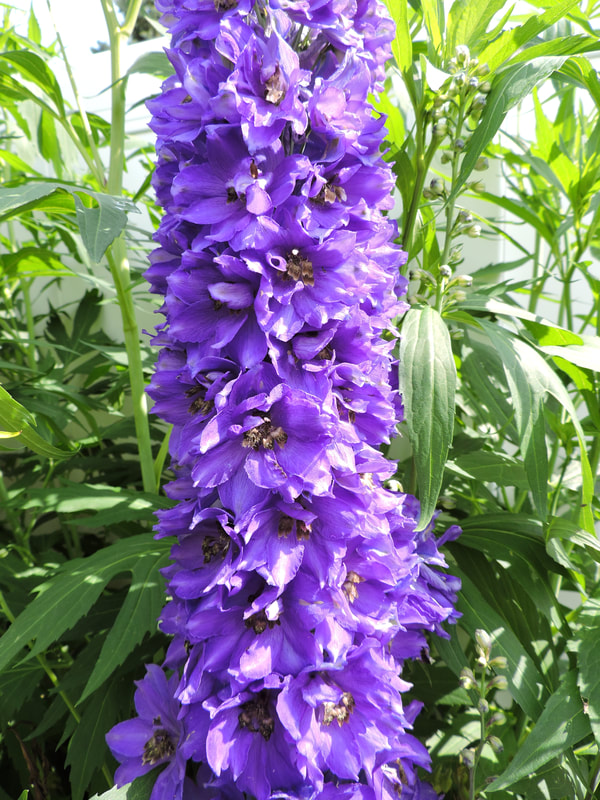
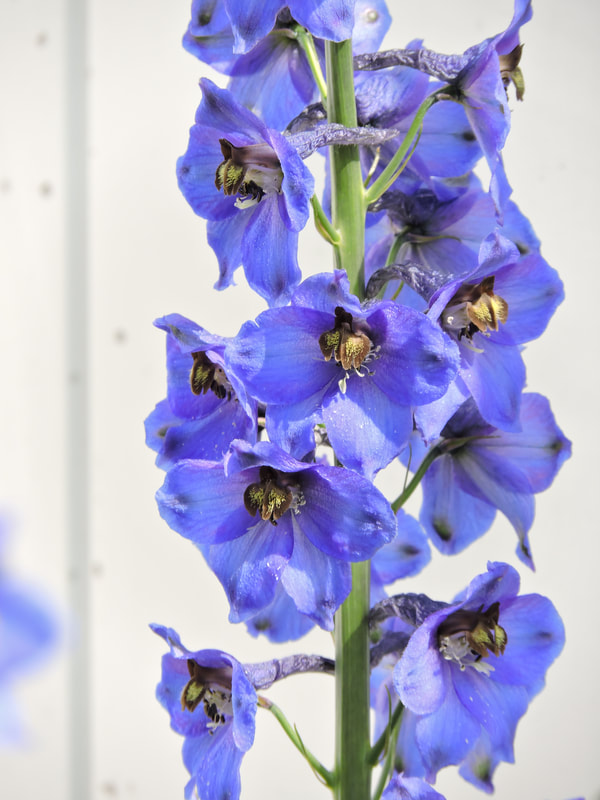
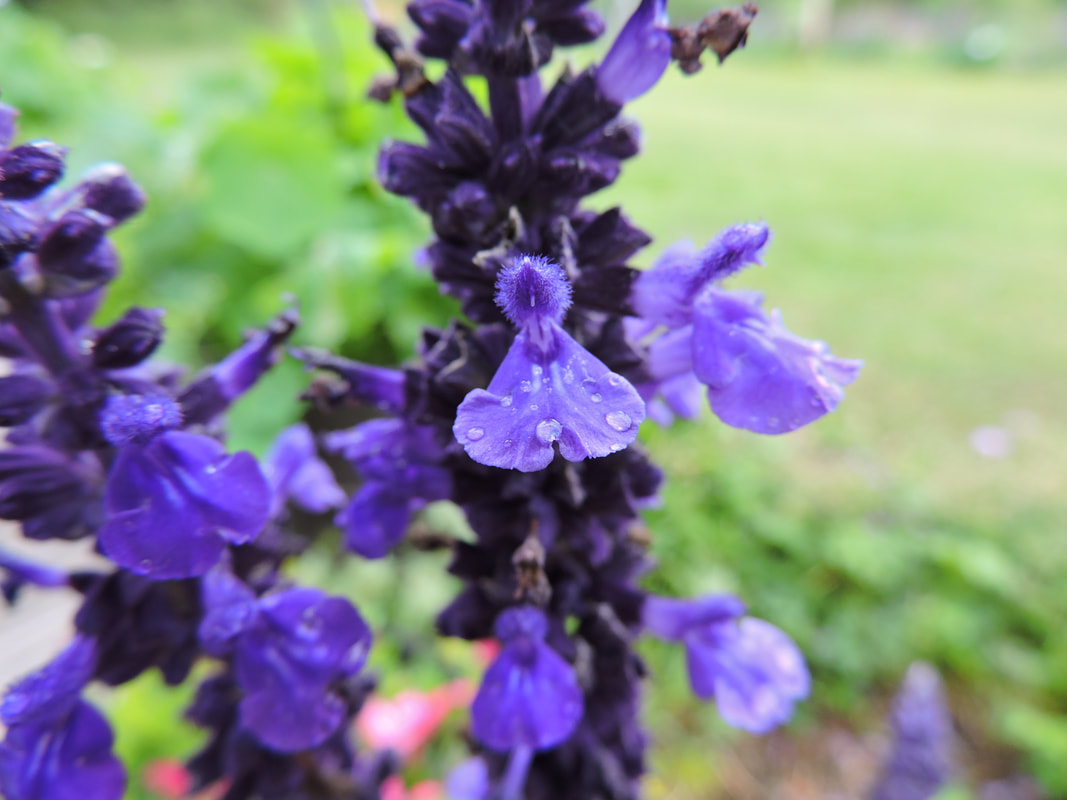
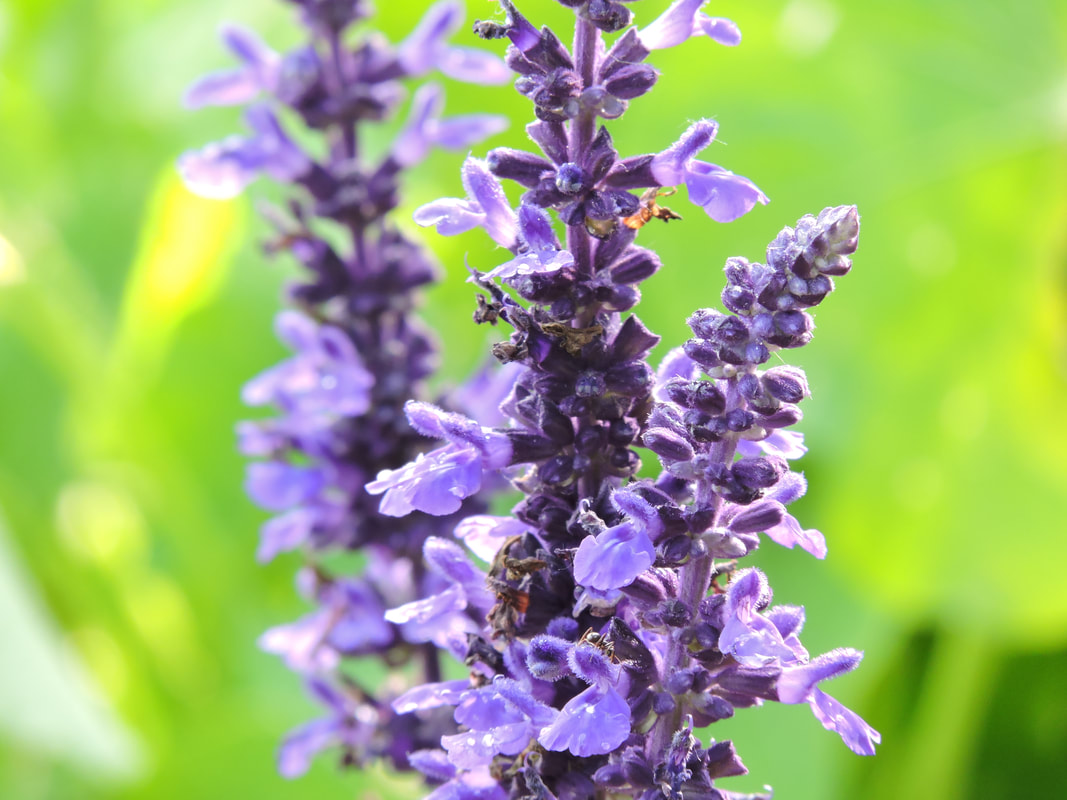
 RSS Feed
RSS Feed
